(Title Photo – only one of two photos of the G2 unfortunately with me in it! Yuk! 2009)
This will be my last post on a Contax G2 I used to have (last but one), and which I owned for many years, about 14 years or so. It served me well and I miss it so. Every single camera I have used since has lacked something, it just didn’t feel right, was it the way it felt? The way I held it? Framed? Shot? or the sound of the focus motor whirring? The click and advance of the Film? I’m not sure, all I can say is that it’s long gone and I won’t be getting another. (being very expensive being one reason) but I think it’s time to move on and to continue to try things different.
What is Travel Photography?
I’m not sure as to whether there is a definition, but I have my own:
Travel Photography is the capture of photographs, encompassing any of the Classic Themes, which, along with being a record of one’s trip, have the vibe, flavour, feel and distinctive look of the people and places which are being visited.
I find colour works very well in countries and climes which are deemed to be exotic, tribal, traditional or “native”. Colour, especially saturated colour, gives the impression of warmth, vibrancy and feel of the climate, the dress and the culture, religions and traditions, most of which are muted when using Black and White.
The classic Themes all are much easier when in an exotic place; whether portraiture, architecture or even reportage, they are all that much easier and less demanding. Photographing in subject rich environments is like shooting fish in a barrel. As long as the framing and exposure is right you’ll get good results. Just make sure you’re dedicated to whatever Film/Lens/Format you’ve chosen for it, and choose them carefully. I find SLR’s are the easiest to work with; just make sure you have enough Film and batteries!
Walk around and snap whatever interesting thing you see, even when in the back of a Taxi cab, just make sure you’re not somewhere such as parts of Lima in Peru (and other such places) where someone will likely snatch the camera along with your watch and wallet/handbag/purse/sanity/life.
Hang around, get chatting to people, I notice that looking lost and confused can be helpful. You can then be lead to start talking, make some BS up about documenting for a website and let others assume snapping has a purpose (which it does). People are always suspicious of voyeurism and other such invasions of privacy so you’d have to side step this and avoid any such association.
Portraits and People
Some people have commented on my portraits. I seldom take photos without permission. Some places are very sensitive, especially when it entails taking pictures of women. Children are far easier and often want to be photographed. I totally understand, as if someone came up to me and pointed a camera in my face I’d likely break the camera along with a nose or something else. I often give some BS about showing foreigners about how life is like here and how they’ll be so impressed. I also espouse the benefits of giving foreigners a good impression, which photographs portray. But most of the time a friendly chat is what breaks the ice. Compliments and a smile all go a long way.
Photographing in harsh light is always tricky; I always look for catchlights in the eyes and a way to get the person to stand apart from the background. The shade under overhanging roofs, doorways and out of direct sun is what I look for. If outside in the open it’s always about the eyes. Even if the face is in shadow, as long as the eye’s glint or reflect something, then game on! The eyes are the single most important thing in portraits in any case, but in travel we have dress, hair styles, make up and whatever else as well, along with, if shooting an ‘environmental’ portrait such as the one below, give a clue to the viewer about the persons life based on their immediate surroundings.
The only times I don’t worry about the eyes is if I’m capturing a story or perhaps the dress and the environment.
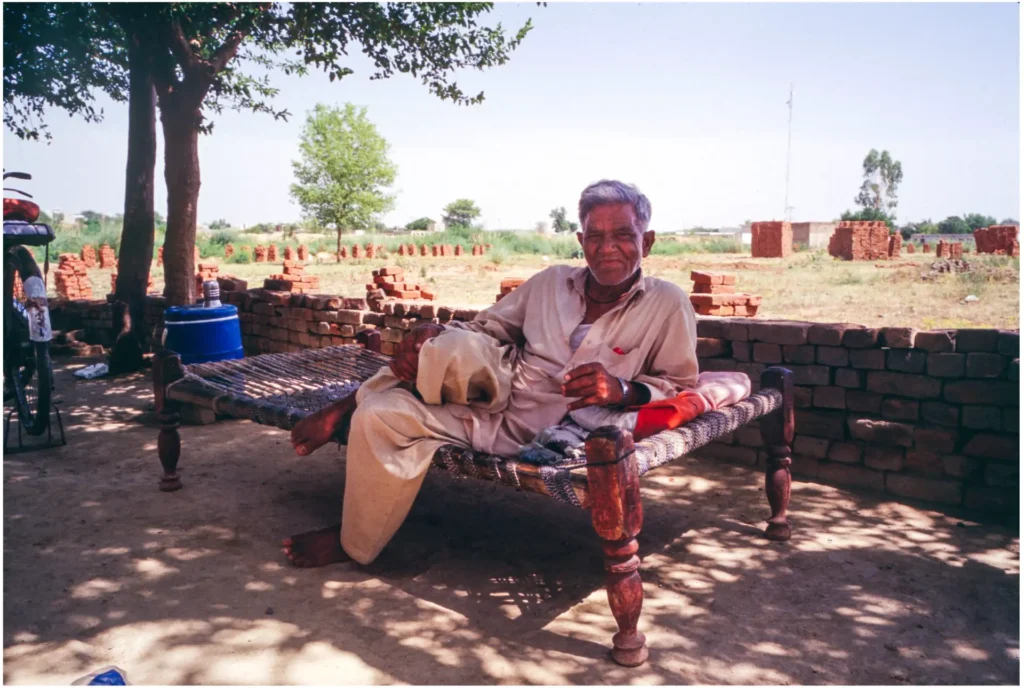
21mm Biogon 2007
I often use doorways, with the light off indoors. This gives you everything – catchlights in the eyes, a nicely exposed face with the room underexposed. Step inside slightly and you’ll have not only lovely bright eyes but also very nice shadows and light on the face. The other thing you can use or position somewhere near would be something like a white wall or car which acts as a reflector.
I used to shoot on Kodak E100vs – this started off after I read, re-read and re-read a gazillion times the Lonely Plant Book on Travel Photography, 1st edition, written and Photos by Richard I’Anson. He used E100vs for almost all of his photos (bar some Kodachromes) and it was reading this back in 2004 which inspired and taught me more or less all I know about travel photography – which of course has matured with age as I developed my own technique. The later editions he used Digital Nikon, but if you can, get hold of this 2004 edition as it’s a keeper and a book you’ll return to again and again. I’Anson is a superb Photographer and so very inspirational. The Ektachrome E100VS has a warm palette, saturated colours and in my opinion, maybe because of I’Anson’s book, feels as if it deserves being shot in warm climes and of exotic folk. I cannot recommend this book enough.
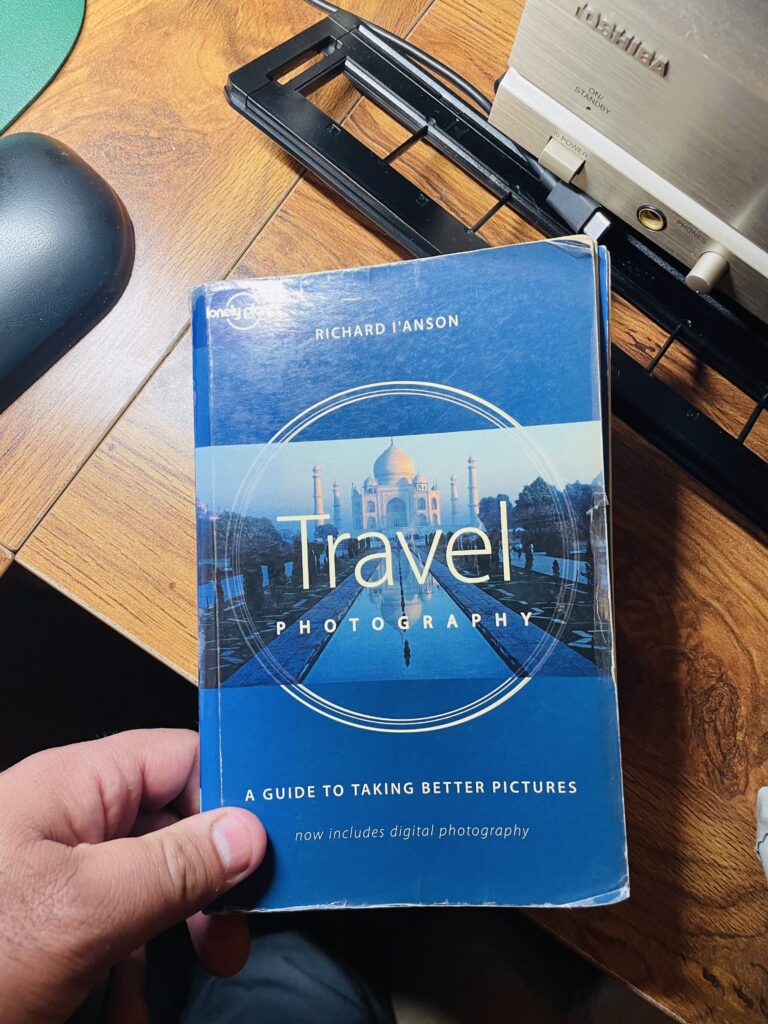
Of course, we also have as a guide, the photographs of every famous (and infamous) Photographer who pressed a shutter in a foreign land – be it Steve McCurry, Leni Riefenstahl (just take a look at her Photographs taken in Africa – mind blowing) or whoever. If you haven’t seen any of Riefenstahl’s books then I urge you to do so, if it weren’t for her infamy and association with a certain German Party she’d be hailed as one of the greatest photographers ever, her photos make those of McCurry look like mere snaps. She used Leica M cameras and lenses, Black and White along with Kodachrome Film.
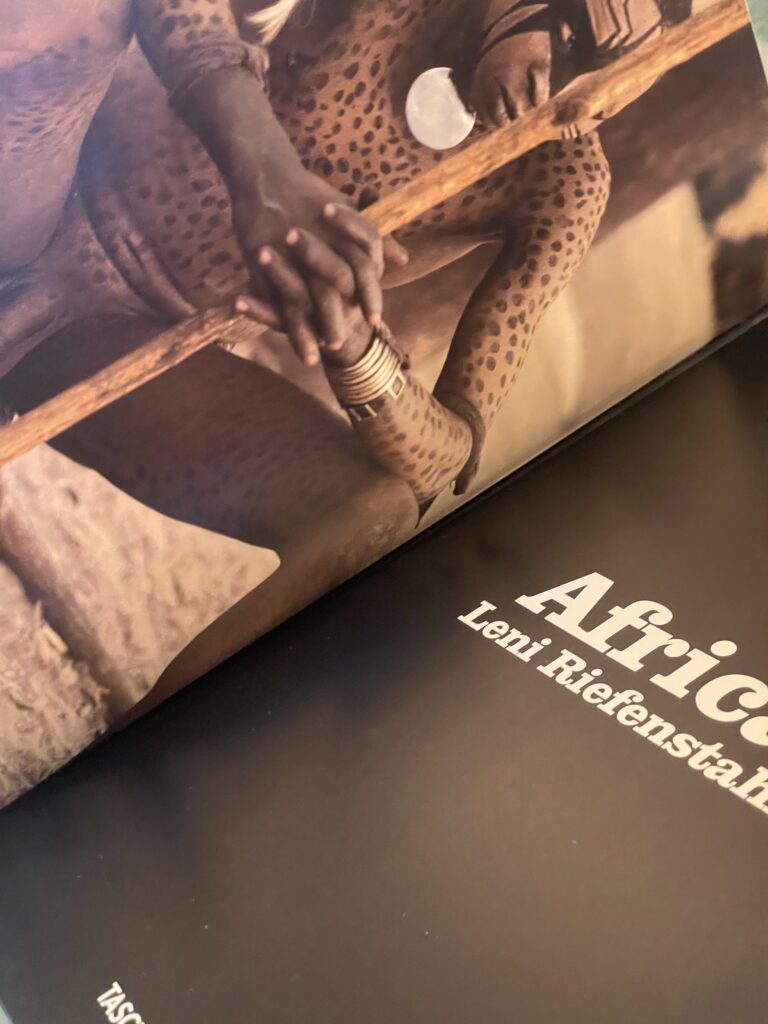
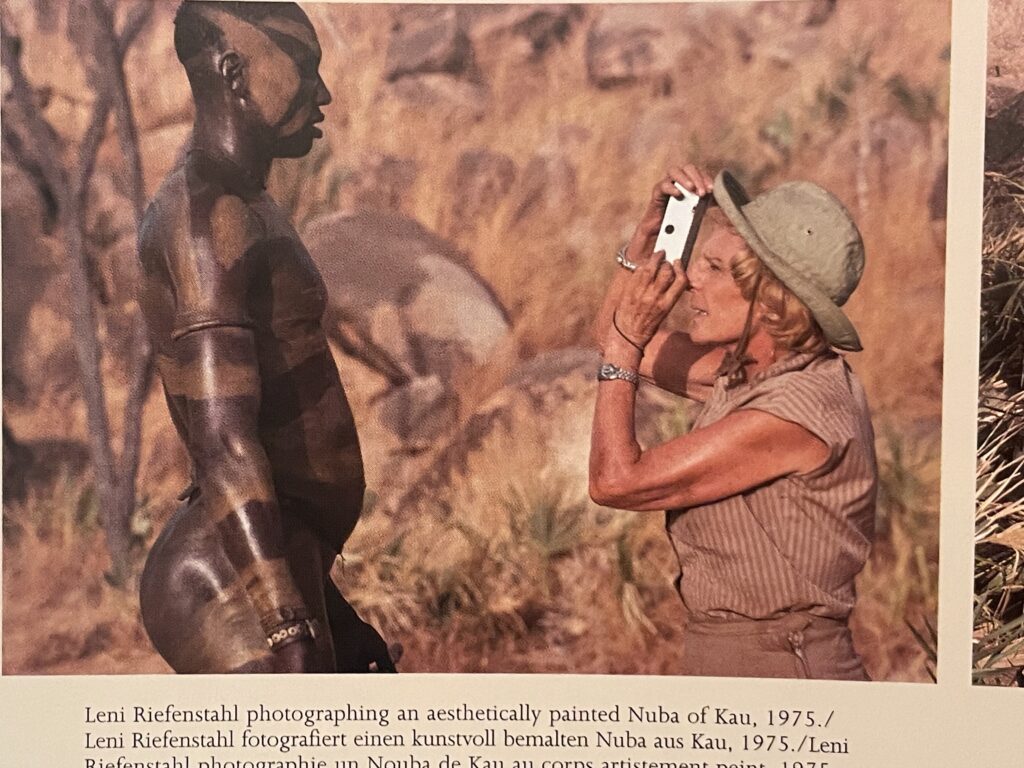
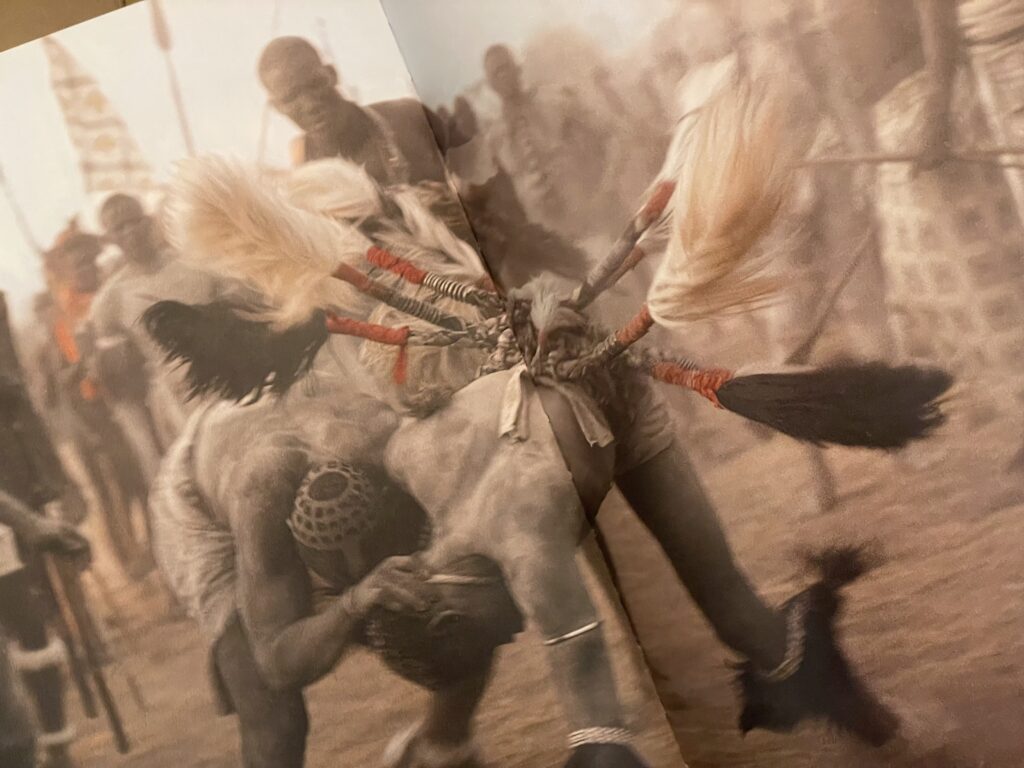
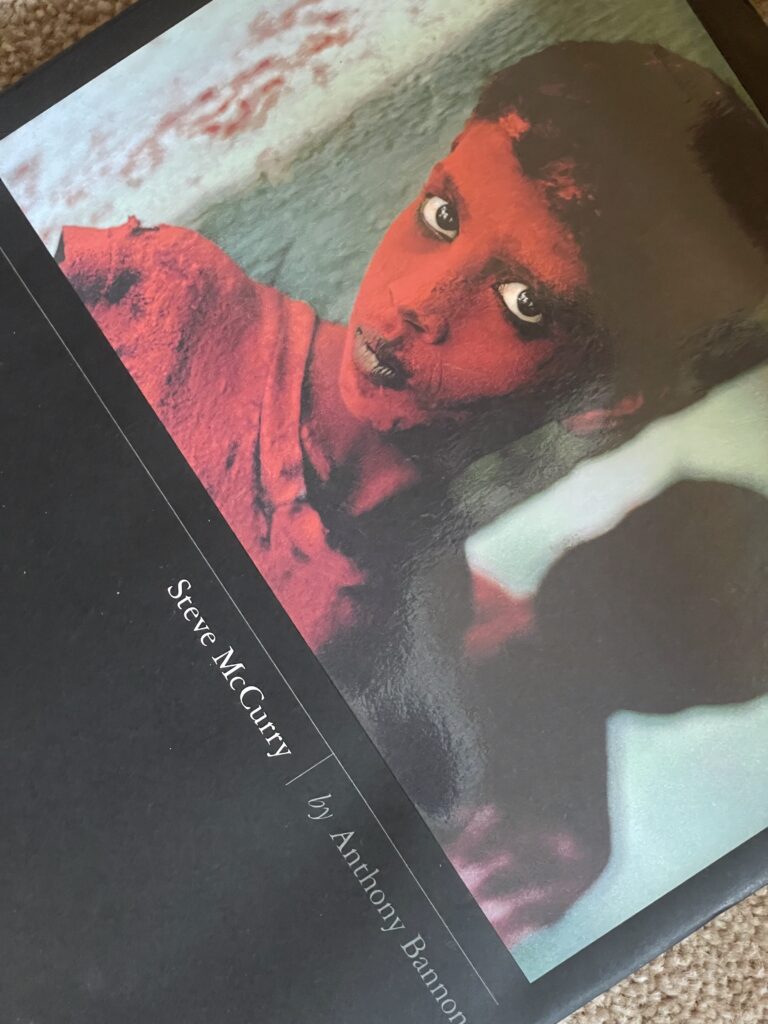
Now that E100vs is no more, I’m not sure what Film to use, and with the closure of my local lab in London in 2020 (which I’d been using for decades) I’ve nowhere to get my Slide Film developed (I am not a fan of mailing off Film as it ends up costing a bomb). So a huge loss for me and one which has been very upsetting. So now it’s confusing; a mix of Digital and Film, mostly B&W now as I would rather Digital than C41 which I simply cannot get on with.
I did try Fujichrome Sensia and Astia 100. The Sensia I only really shot once, in 2007 and in The Swat Valley, and Astia had been discontinued for a long time and the images below were perhaps the result of an expired Film – but coupled with the 90mm they were soft and discoloured. I thought I’d like the original Astia which I also shot in Peru. To be honest I wasn’t impressed, again maybe because the Films were expired – but they had been deep frozen..
I guess now the only options I have are Fujichrome Provia and Fujichrome Velvia with perhaps Kodak E100D as all my favourite Films have been discontinued: Kodak E100VS, Fujichrome Sensia 100, Agfa Precisa CT100, Agfaphoto Precisa 100 as some examples. But these are so expensive that it’d cost about £250 for just 10 rolls – add in the cost of mailing the film, return post and processing, it’ll cost about £500 for 10 rolls. Ridiculous. Again, most people shoot with C41, but I’ll pass on it, unless someone can convince me otherwise. My scans of C41 are horrible, always have little white specks and awful colour – I cannot ever match any of the stuff shot with C41 on this site and elsewhere by others, unless someone shows me how to actually scan and post process them without much effort.
Which lenses and at what aperture ?
I took these in 2007, 2009, 2011 and 2014 and 2015 and shot them using the 45mm Planar, which along with the 21mm Biogon have been the best lenses I’ve ever used. 45mm in my opinion is perfect – a do it all lens, you can shoot snaps, group shots, candids, portraits, architecture and landscapes. I’m concentrating on The Punjab here rather than anywhere else for simplicity sake.
If you have it on the G2, shoot at f2.8 for portraits – never go down to f2 as the depth of field will be too shallow and you’ll have faces with out of focus ears.
Don’t bother with f4 neither (unless you’re shooting two people close together) – f2.8 on the Zeiss G 45mm Planar is about as perfect as you can get in every way.
I also used the 90mm Sonnar at times, as shown below, without any success – almost every single photograph was out of focus and soft, with the odd exception. Shoot the Sonnar 90 at f8 – f16 if you want it to work safely, otherwise it’s like pissing in the wind.
If a group I shoot the 45 at f8 90% of the time, unless I want a shallower depth of field, then it’s f5.6 (or f4 if two people close together)
Film types I prefer
Kodak Ektachrome E100VS
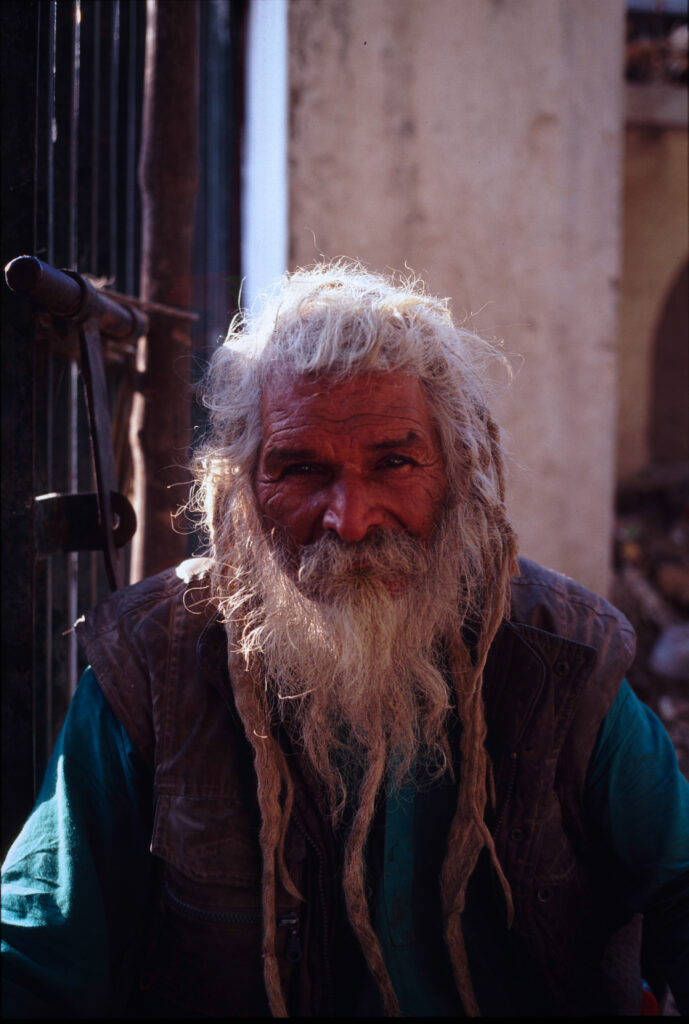
Ektachrome E100vs 2009 Jogi/Malang at the shrine of Pir-e-Shah Ghazi
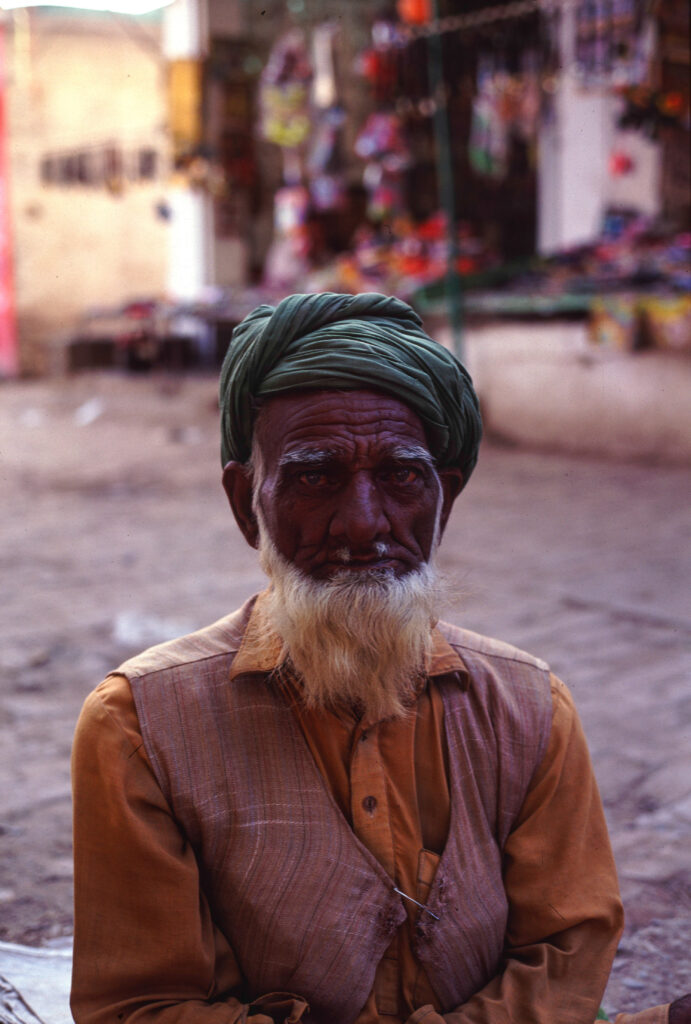
Ektachrome E100vs 2009 Jogi/Malang at the shrine of Pir-e-Shah Ghazi
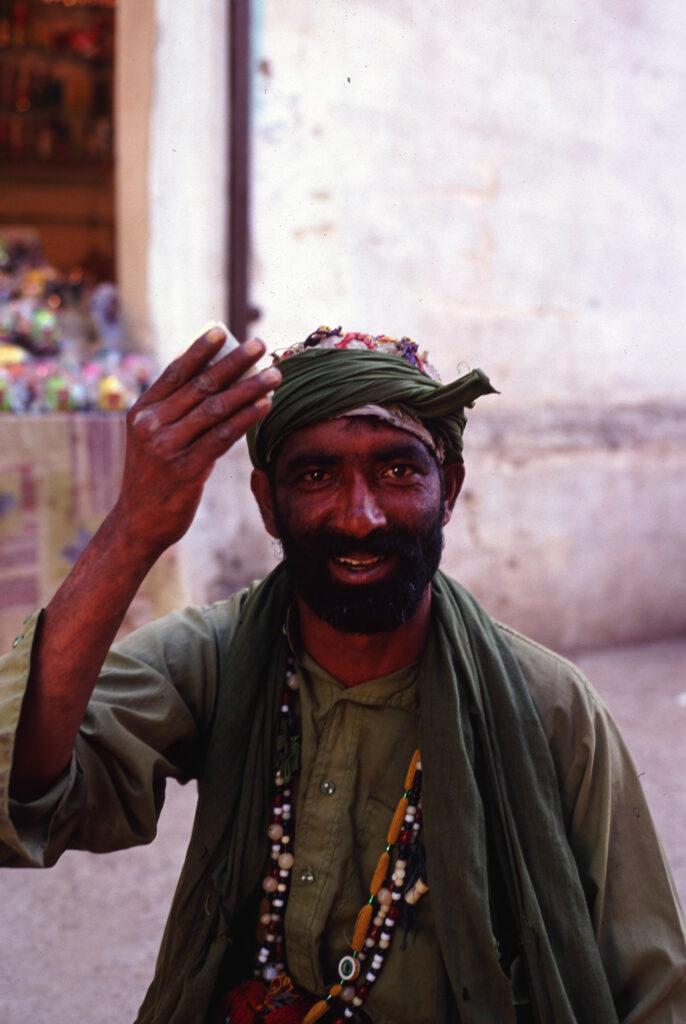
Ektachrome E100vs 2009 Jogi/Malang at the shrine of Pir-e-Shah Ghazi
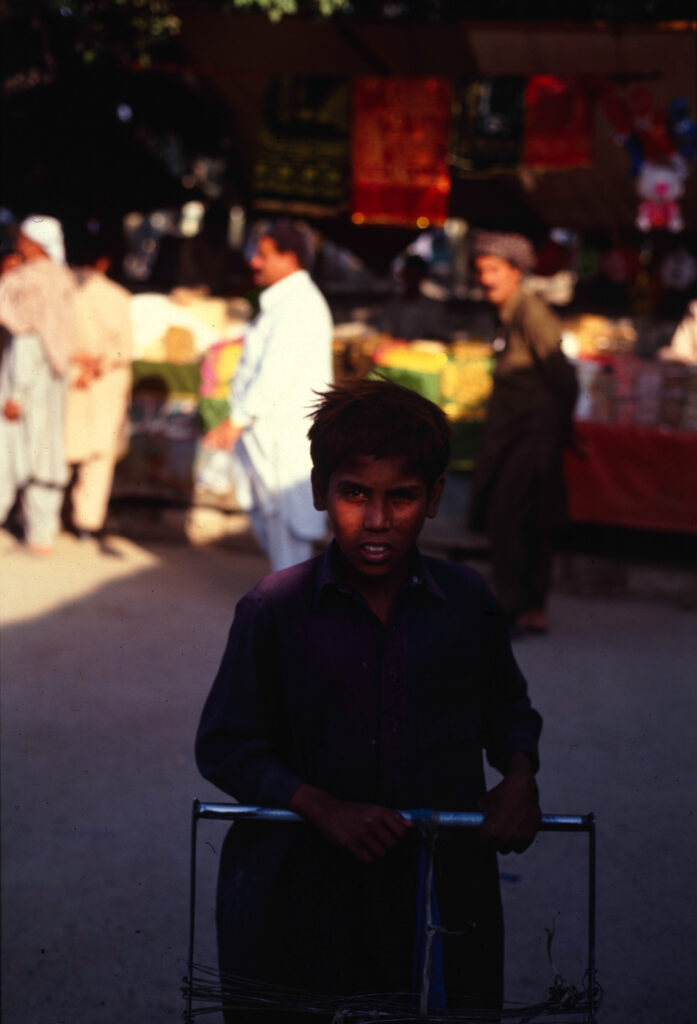
Ektachrome E100vs 2011 Beggar boy at the bazaar Kharri Shareef Kashmir
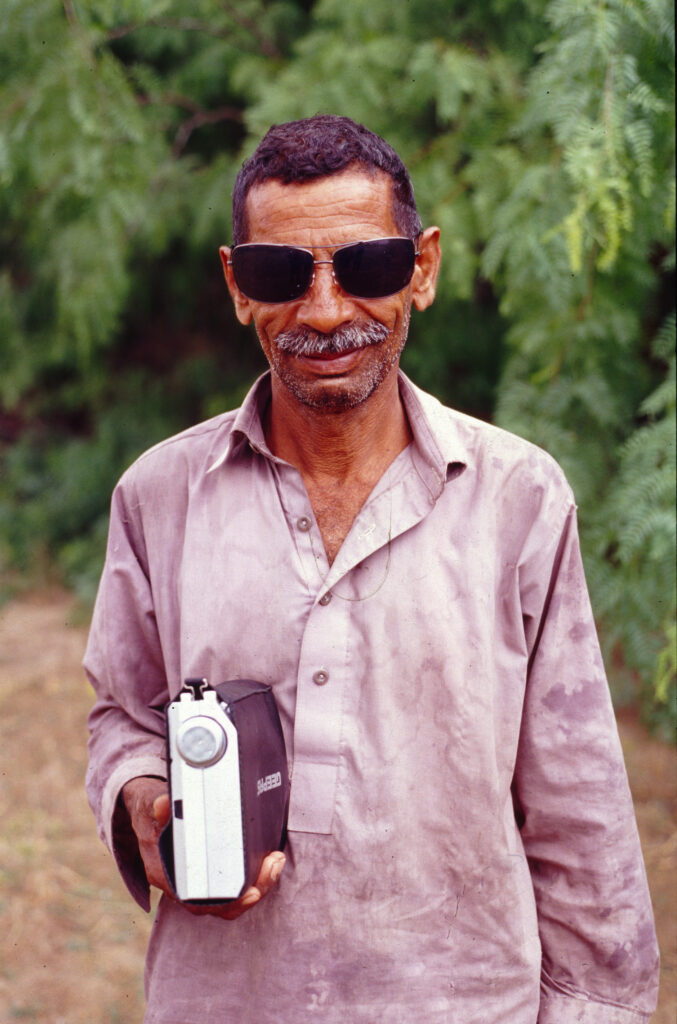
Ektachrome E100vs 2014 Villager with Radio and Shades Kharian
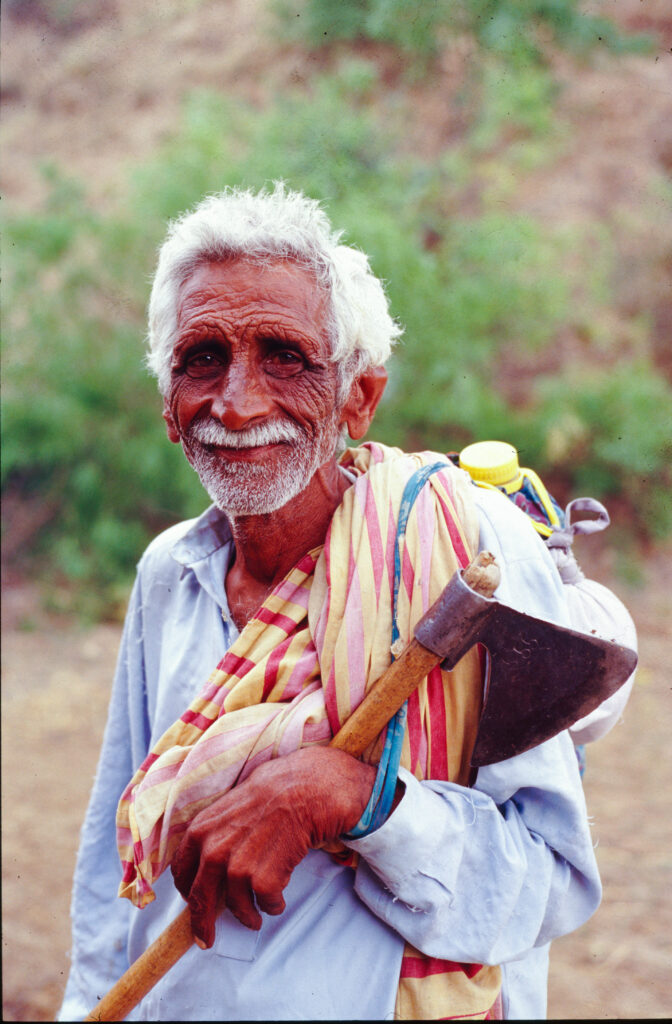
Ektachrome E100vs 2014 Villager collecting Firewood
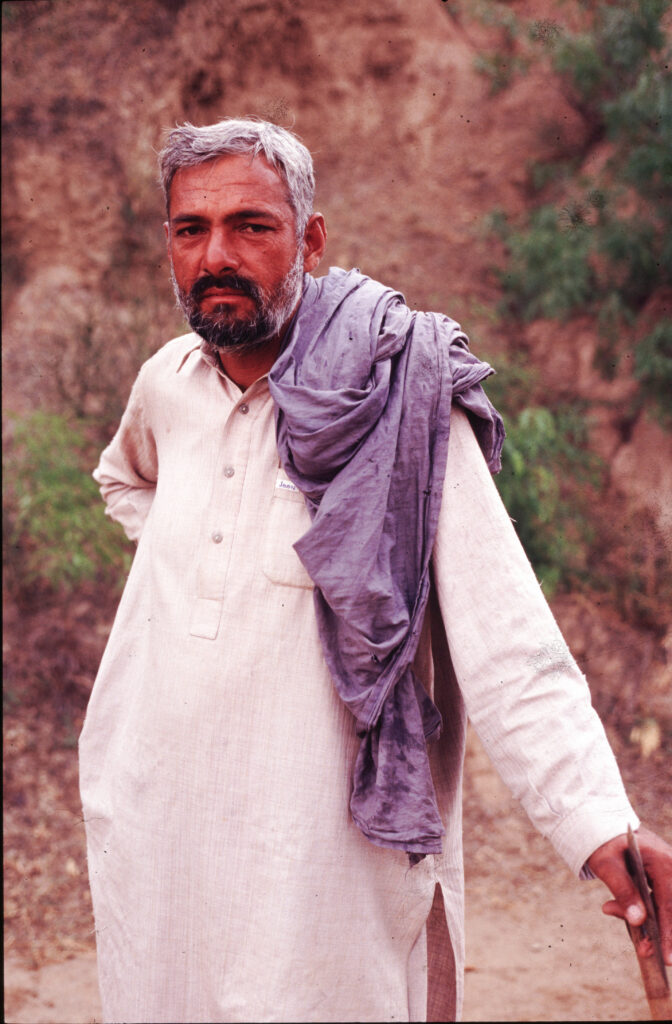
Ektachrome E100vs 2014 Goatherd
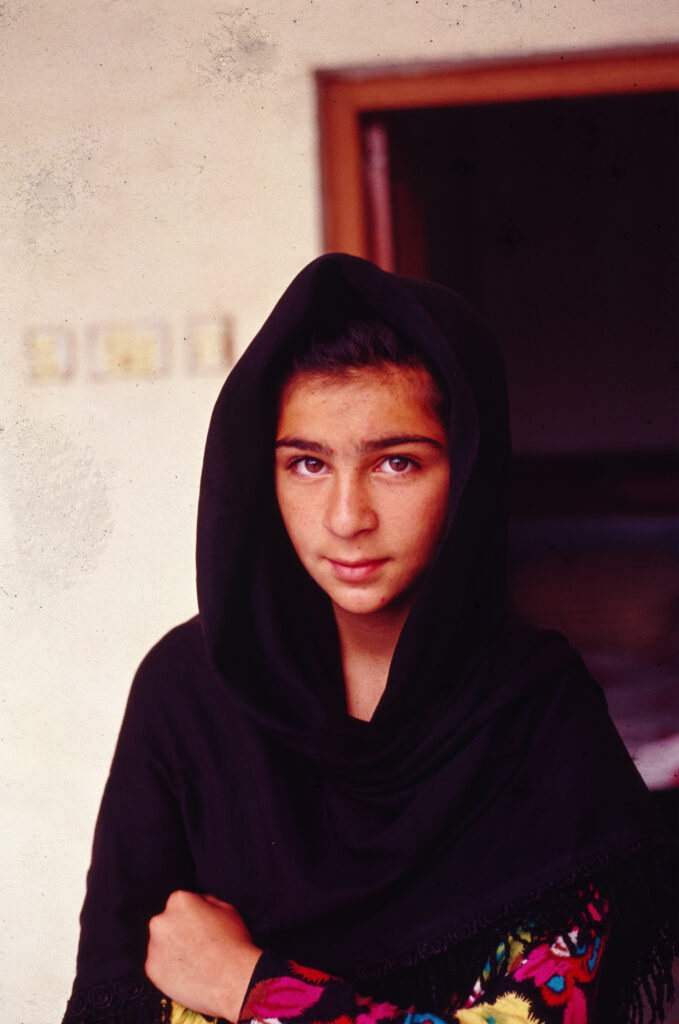
Ektachrome E100vs 2011 School girl
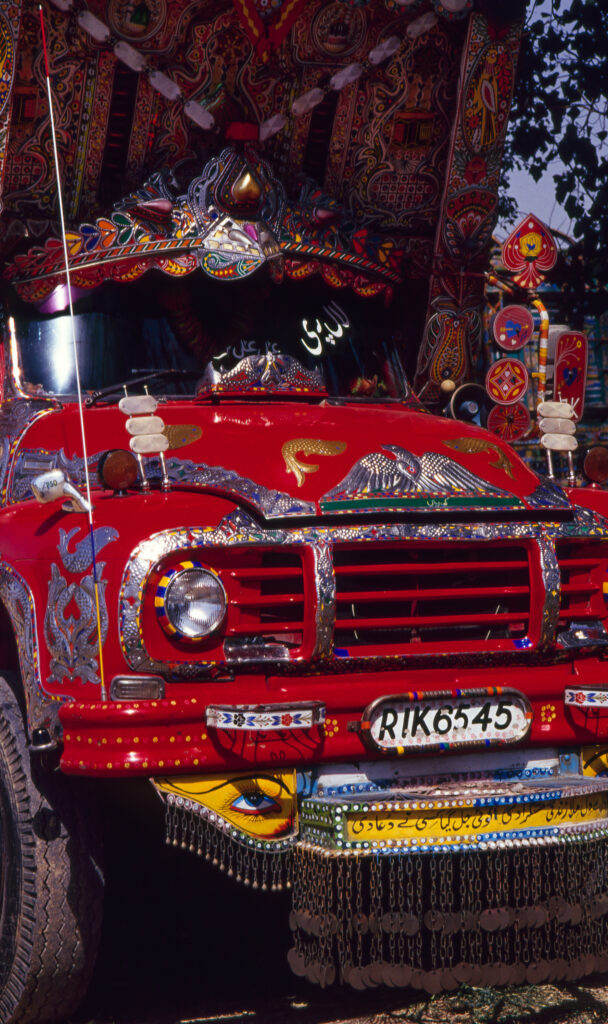
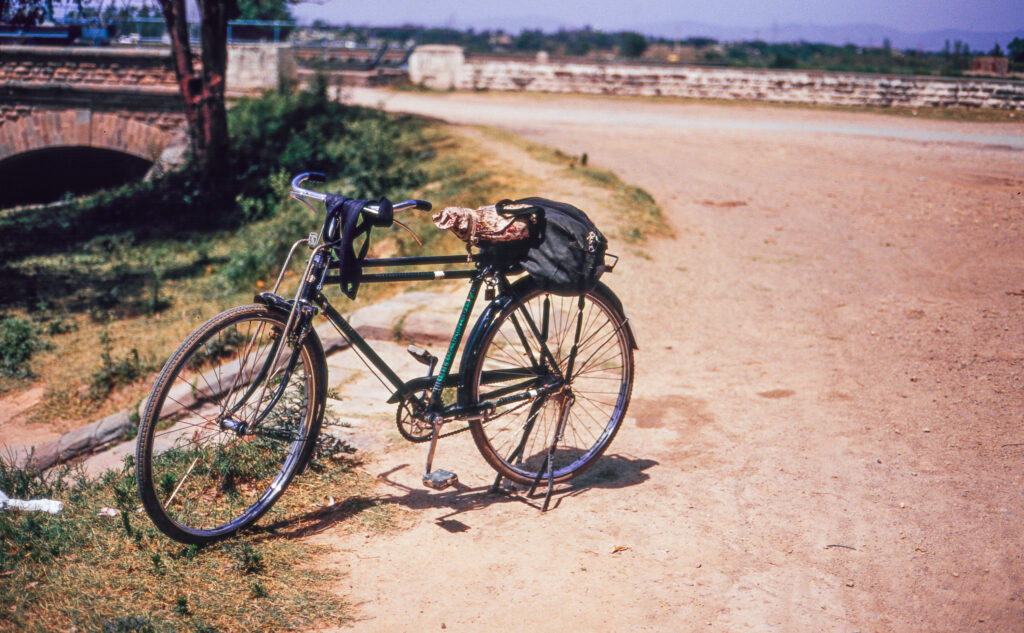
21mm Biogon Ektachrome E100vs 2007
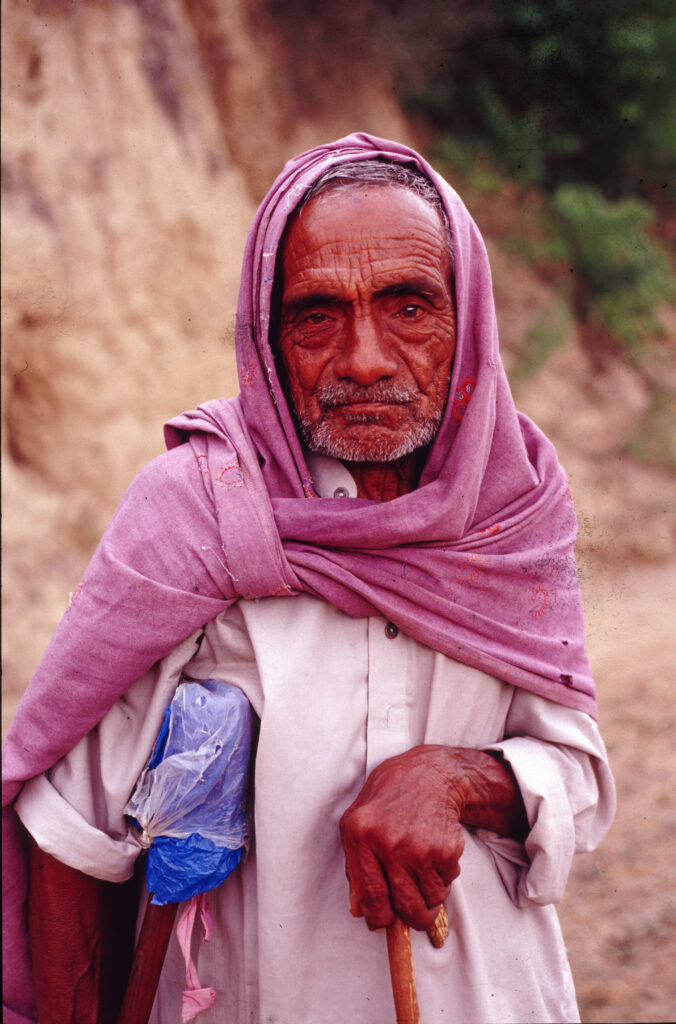
Ektachrome E100vs 2014
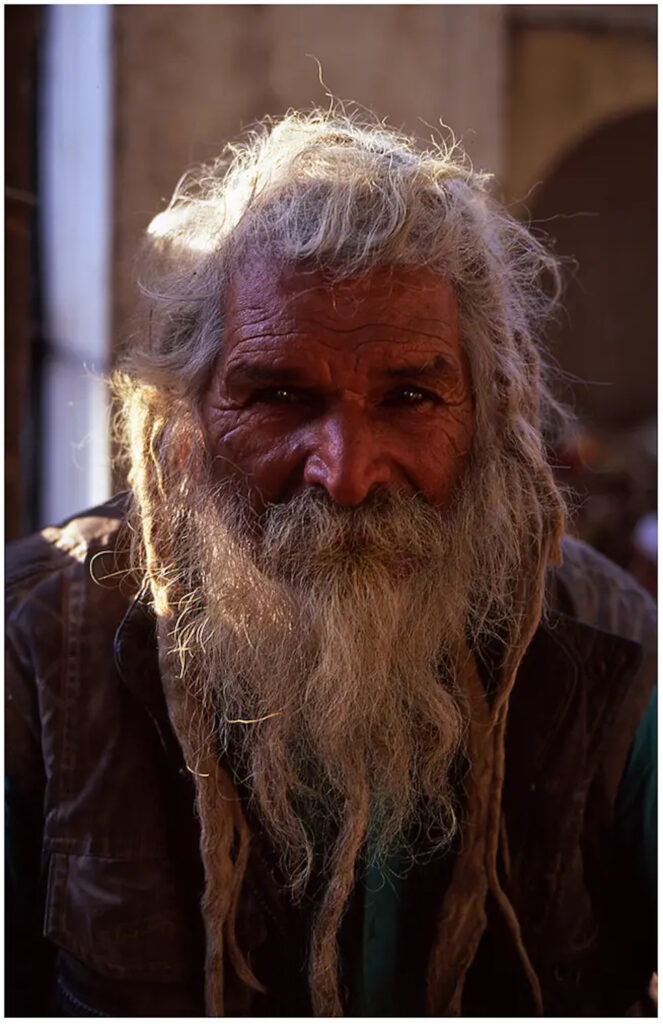
Ektachrome E100vs 2009 The Mystic
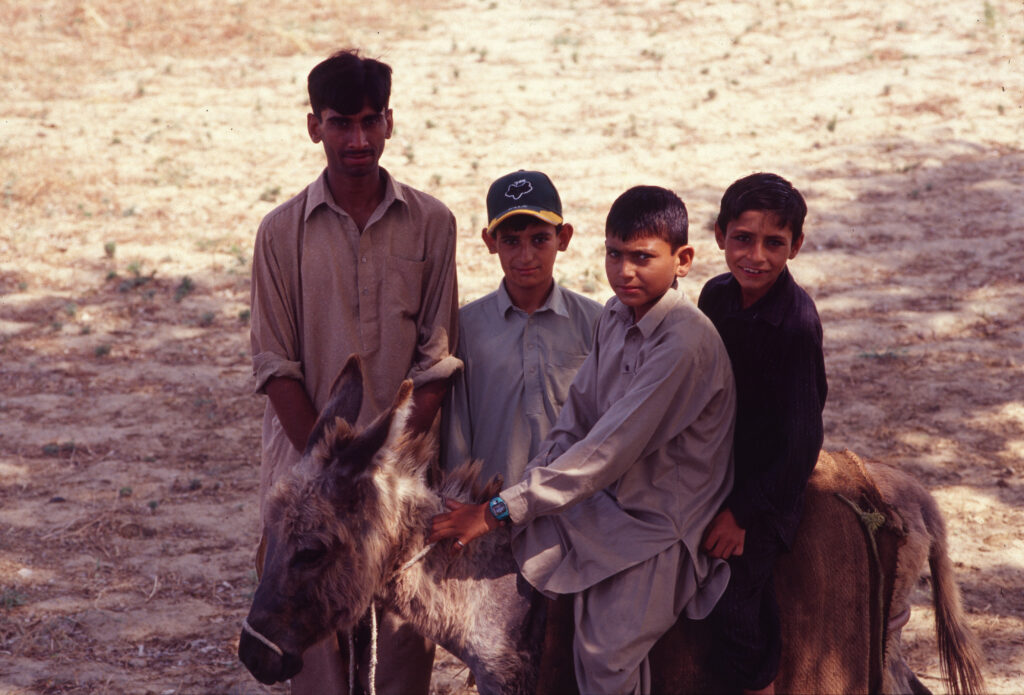
Ektachrome E100vs Village Boys with Donkey 2007
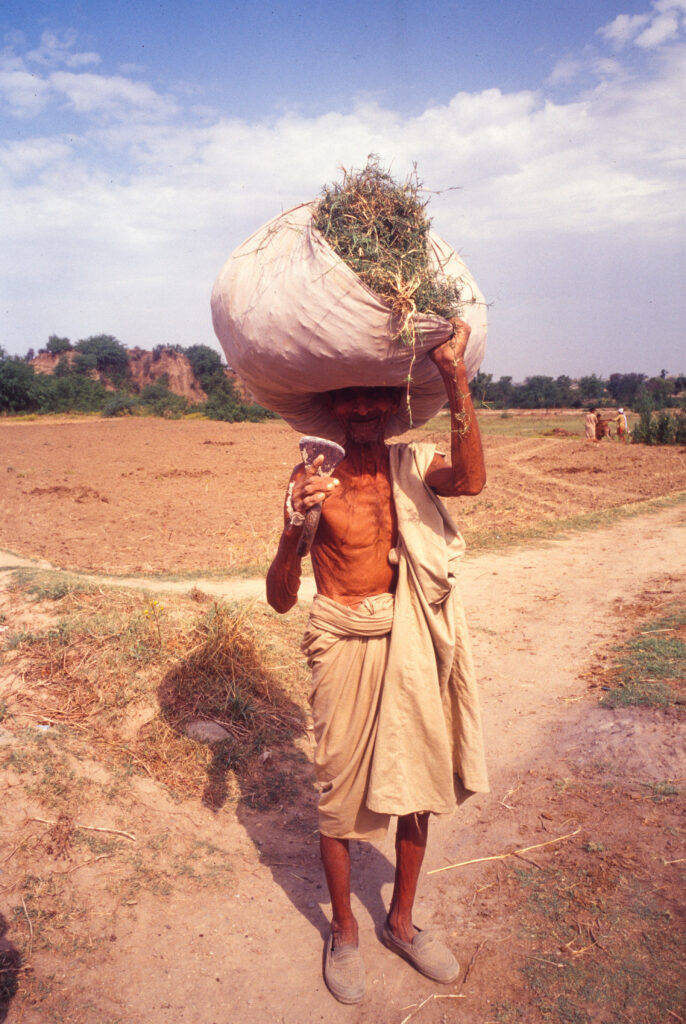
Ektachrome E100vs Old Villager with Fodder 2007
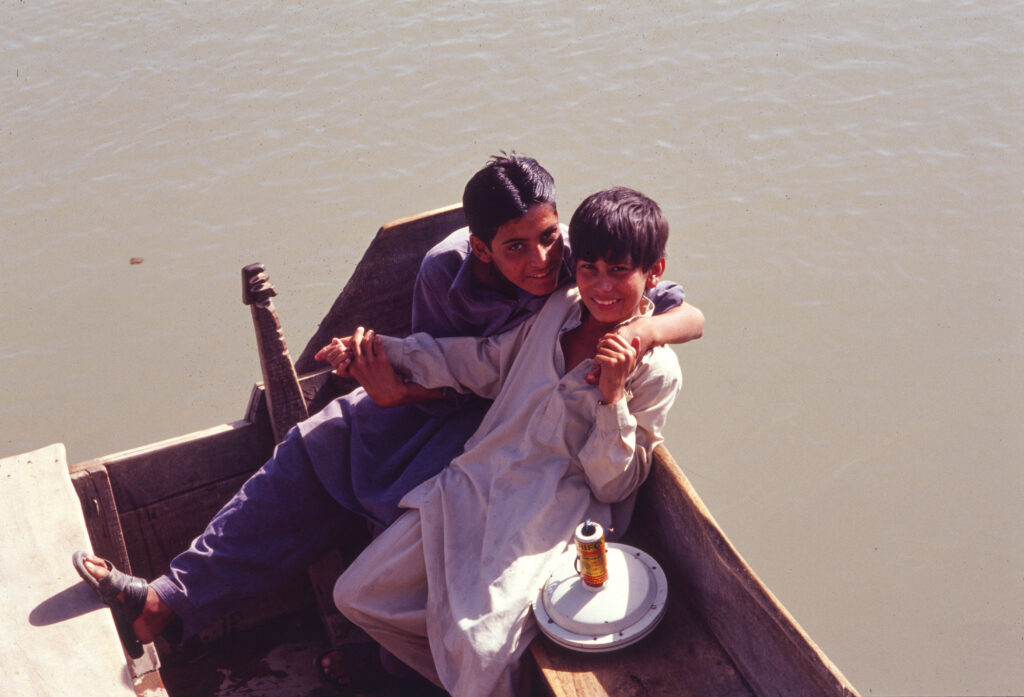
Ektachrome E100vs Boys on a Ferry – Upper Jhelum Canal 2007
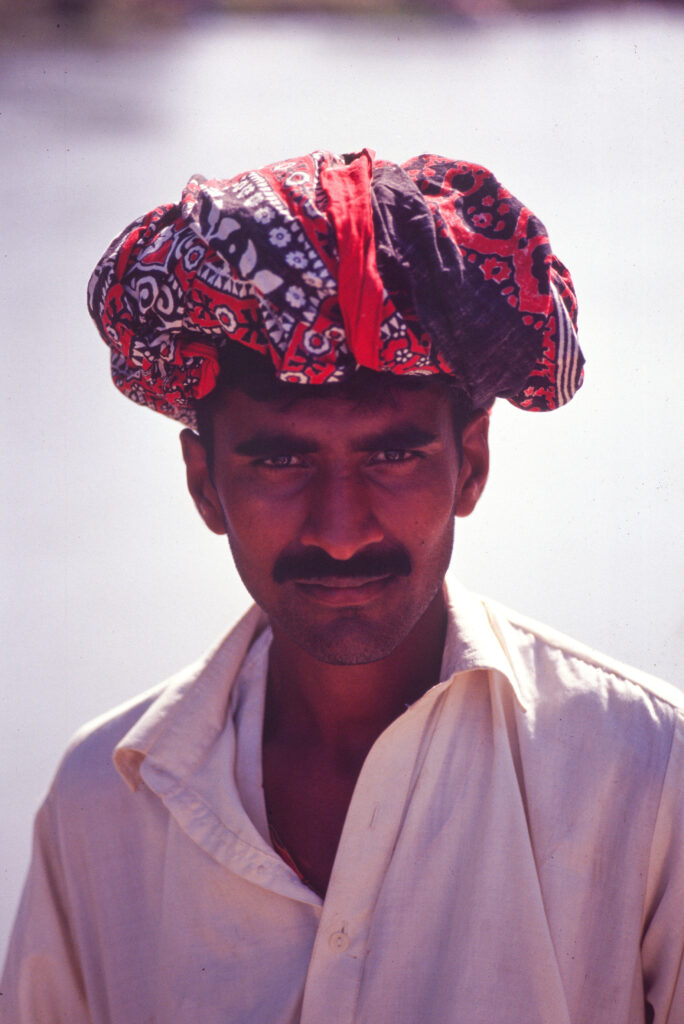
Ektachrome E100vs Ferryman from Sindh – Upper Jhelum Canal 2007
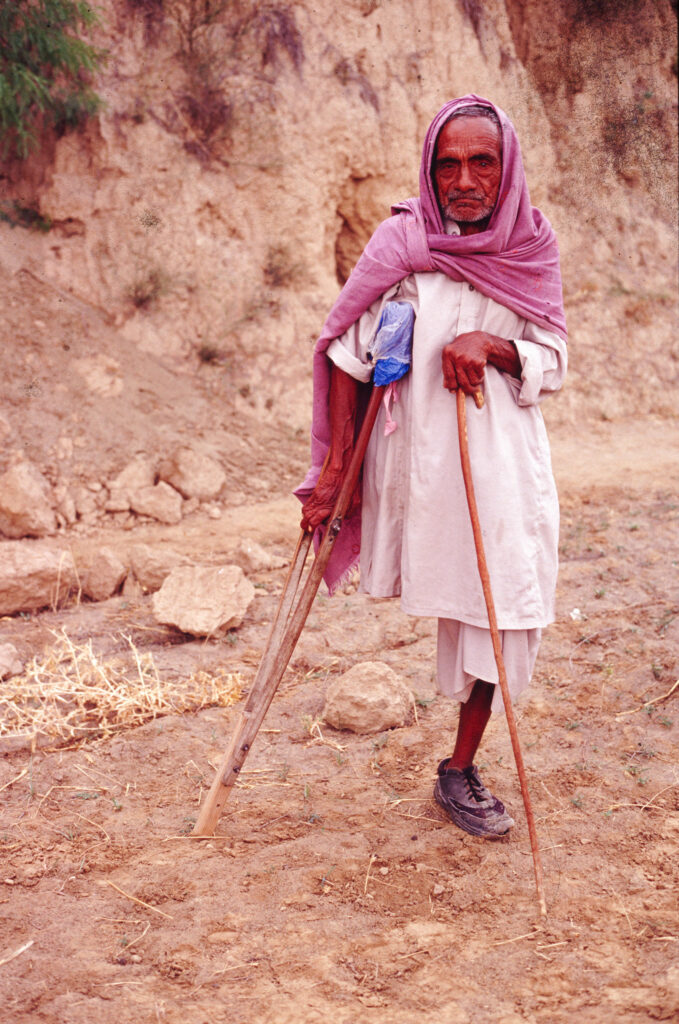
Ektachrome E100vs Crippled Villager 2014
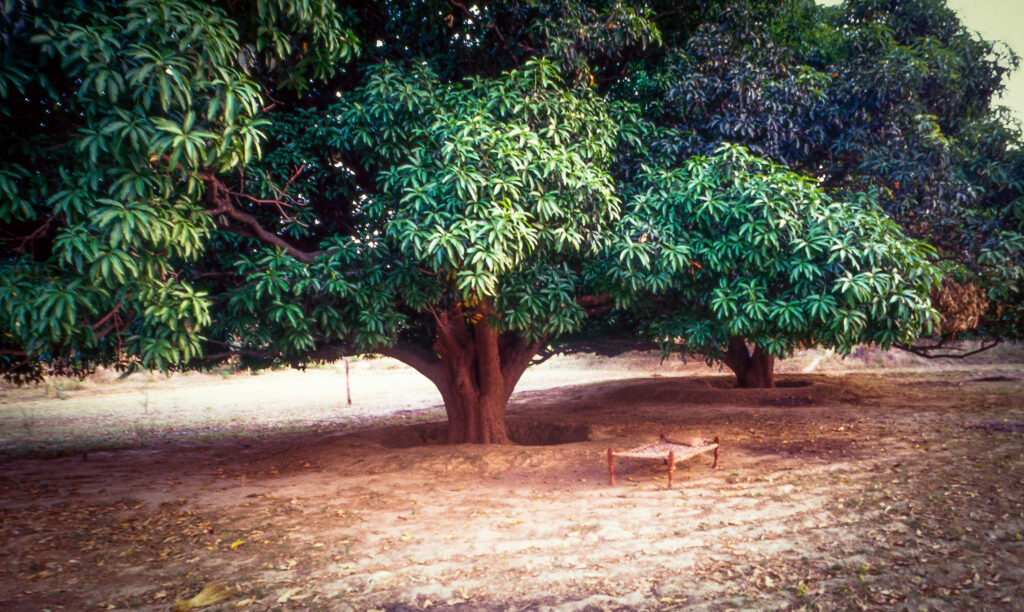
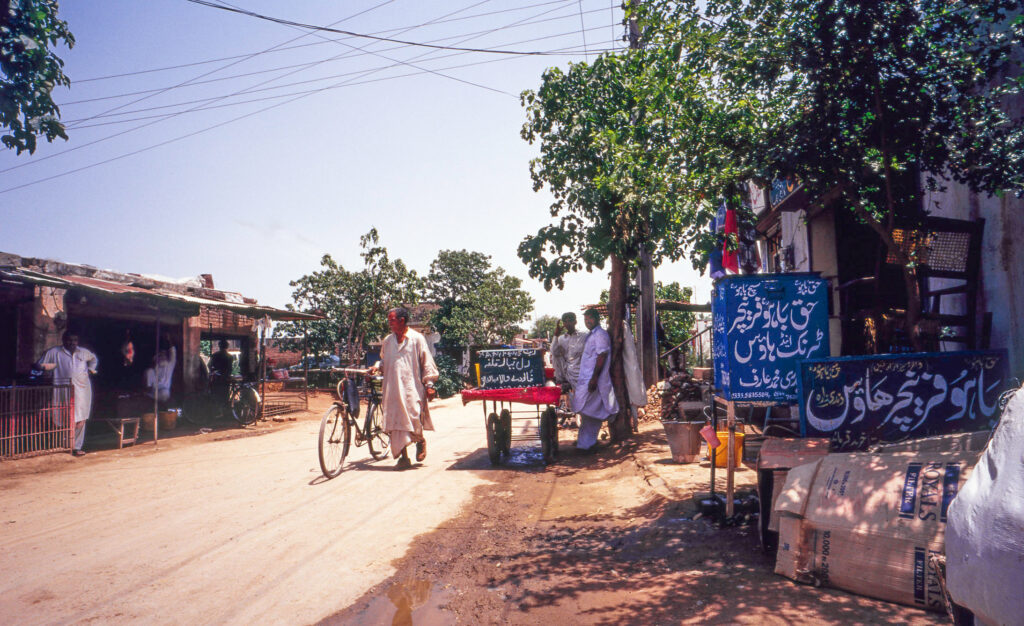
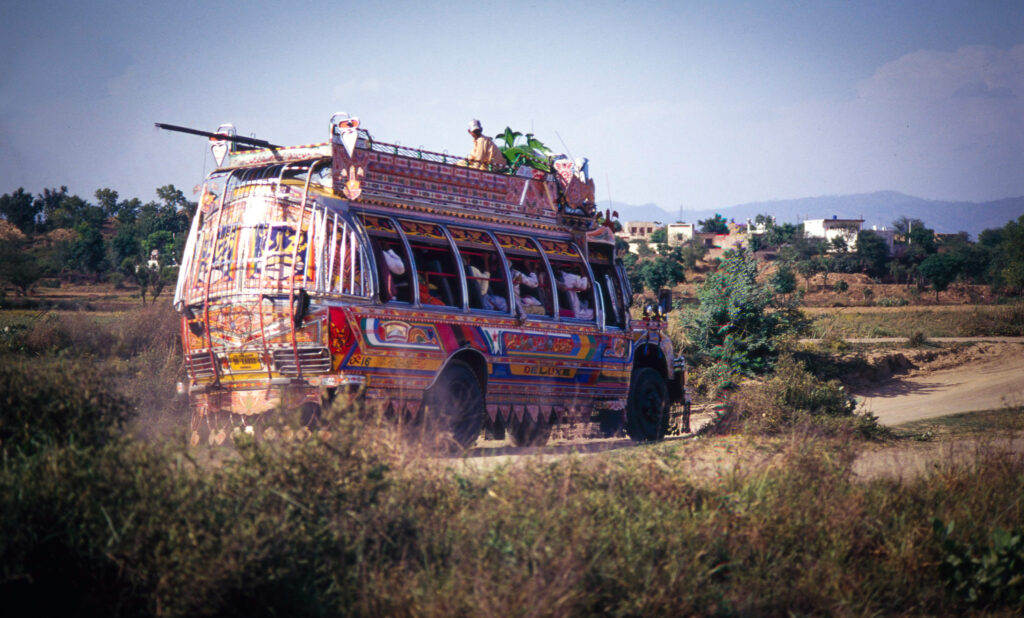
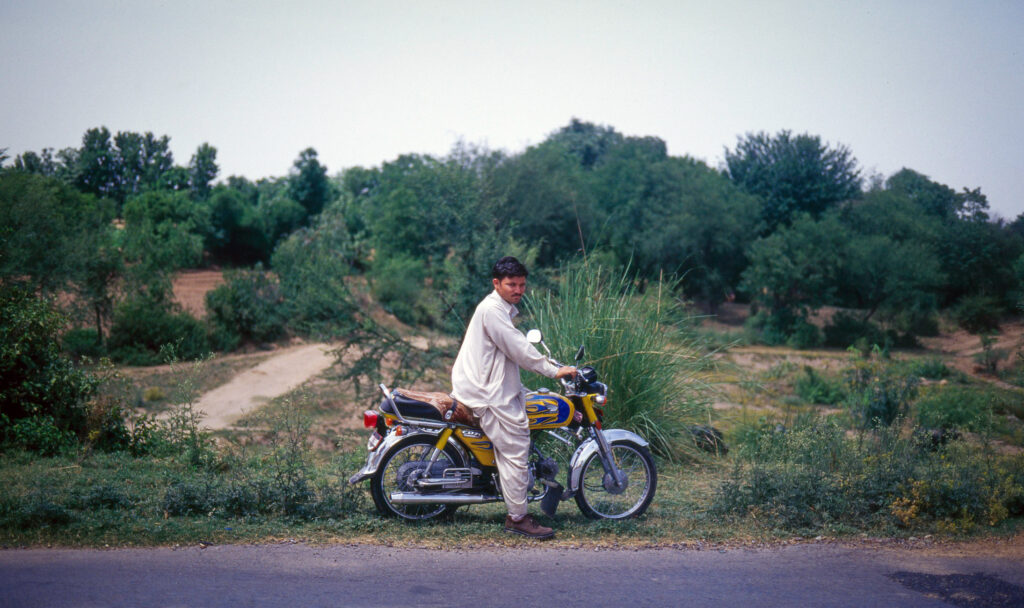
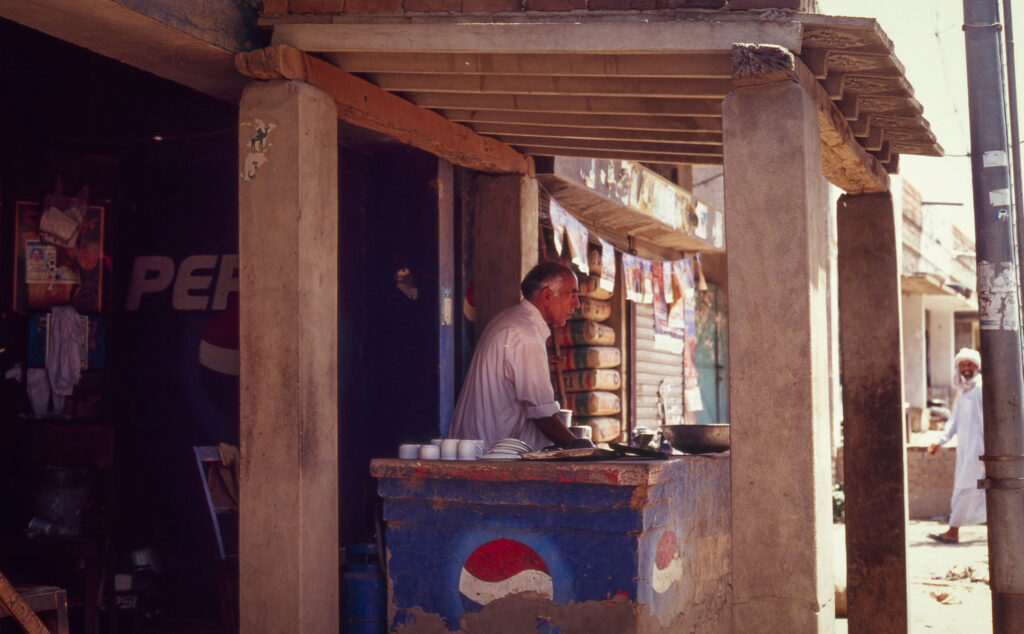
On a very rare occasion the 90mm Planar actually worked – well it was shot at f8. f2.8 would’ve focussed somewhere on a brick on the bridge
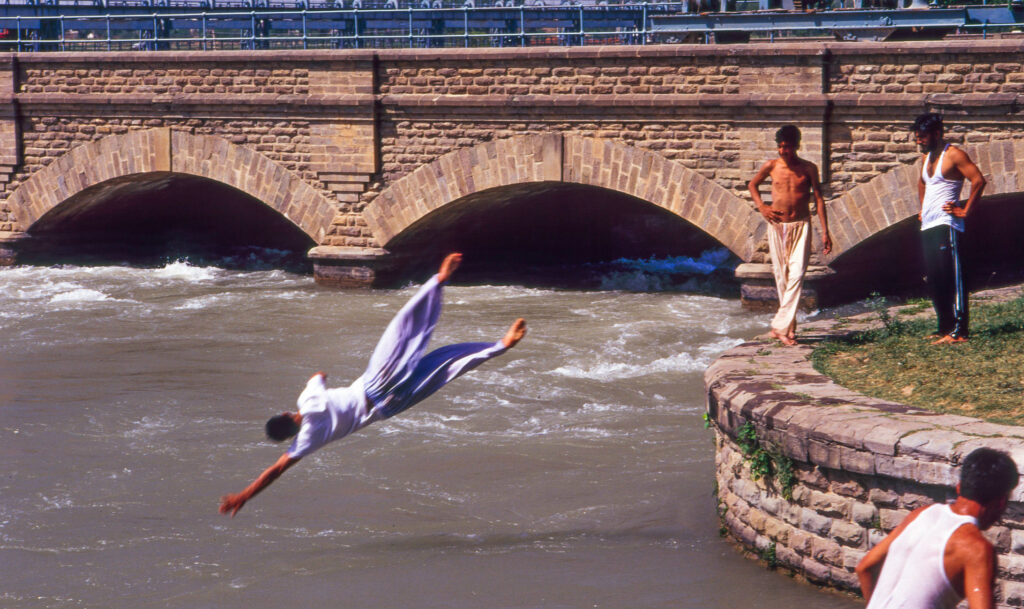
Ektachrome E100VS dud roll
Sometimes I did get the odd dud roll, the following was just an example with colours looking a bit dirty. The rest on the roll were as these, admittedly the subjject matter was a bit tricky to get right but the colours and look were off. But in a strange way, I managed to grab the feel of heat, dust and the sun in these (I’d like to think).
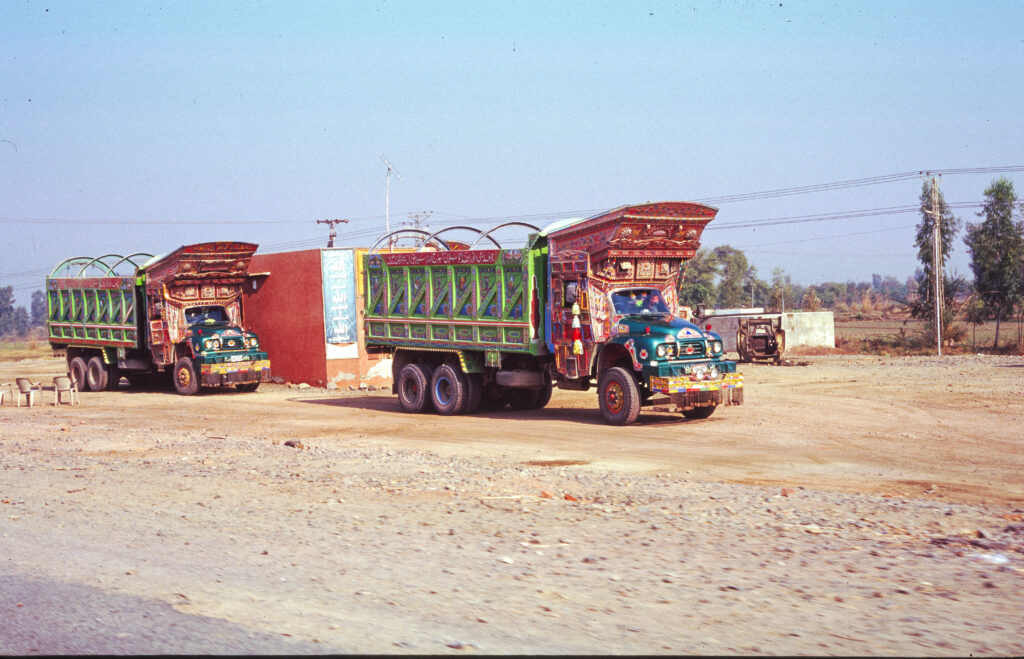
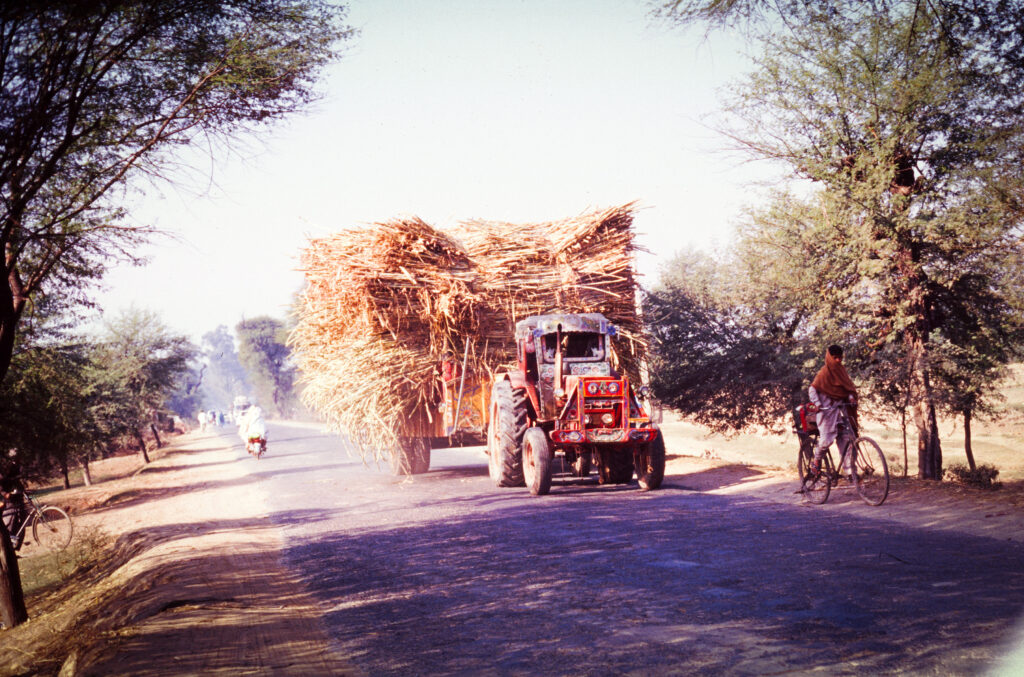
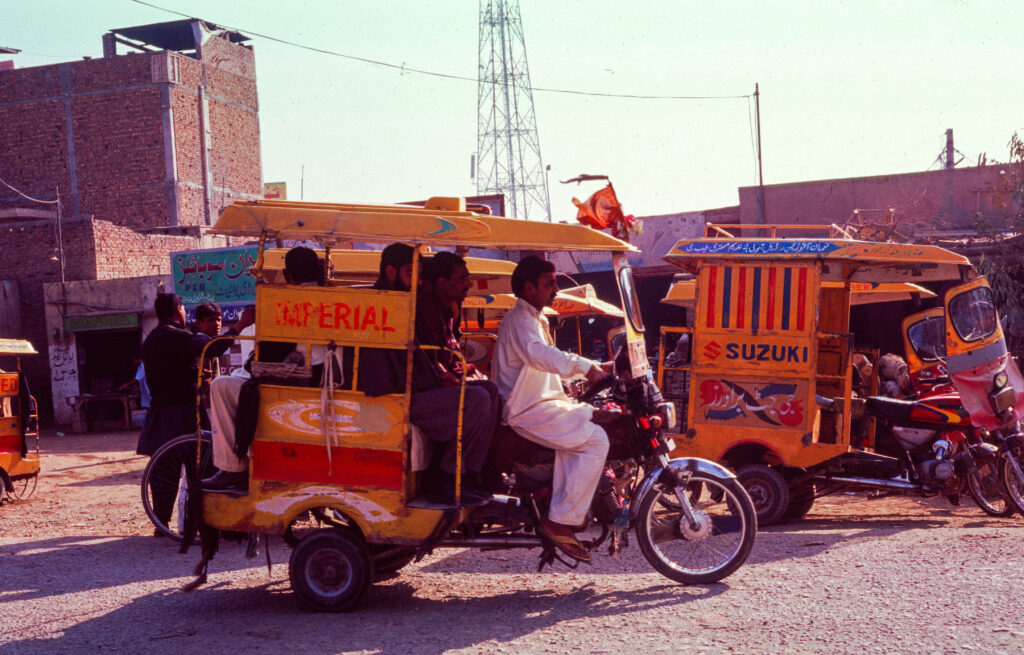
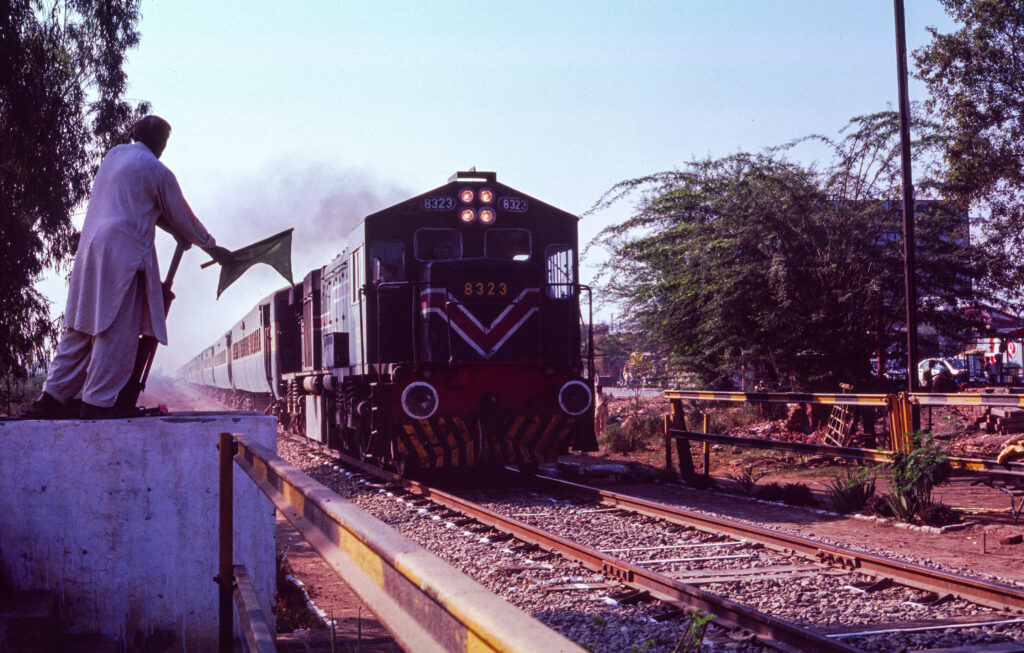
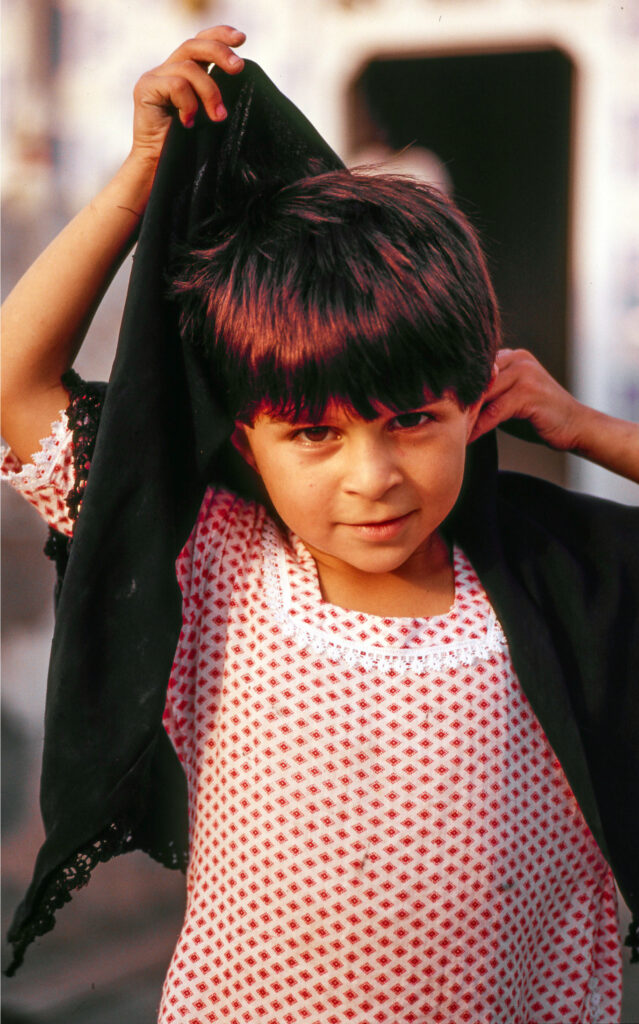
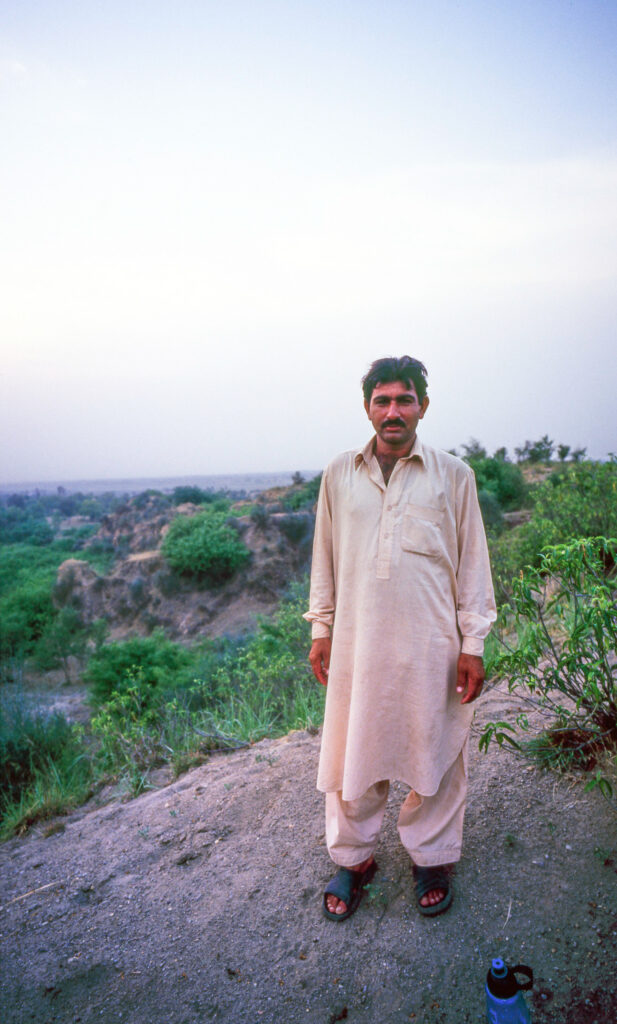
Fujichrome Astia 100 (original, not Astia 100F) 2015
Here are the Fujichrome Astia examples. As you can see, the Kodak E100VS is quite a bit more pleasing, it didn’t help that the 90mm Sonnar I used for most of the roll lead to wasted out of focus shots, with these the only one’s I could save (the fact that the 45mm ones are in this set goes to show you how many 90mm ones were wasted). I decided to use the 90mm for that roll of Astia, more to prove to myself that it wasn’t the lens but because I seldom used it I had bad technique – but it was the lens, it’s basically crap if shot at f2.8 or f4. You’ll be ok at f8 – f16. The colour also seems to have shifted with the expired roll.
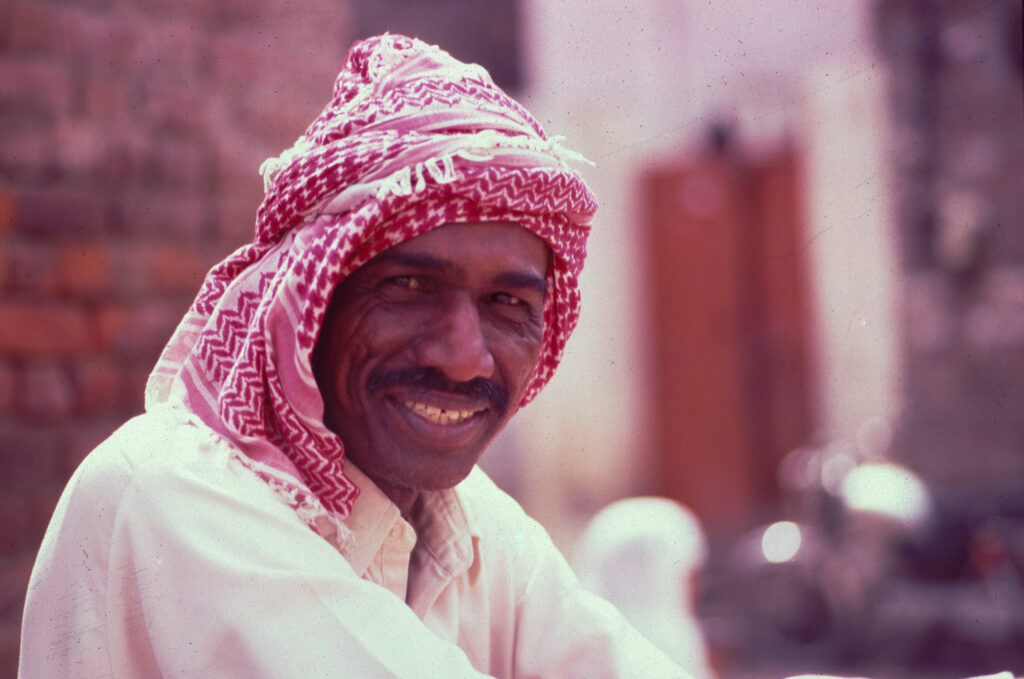
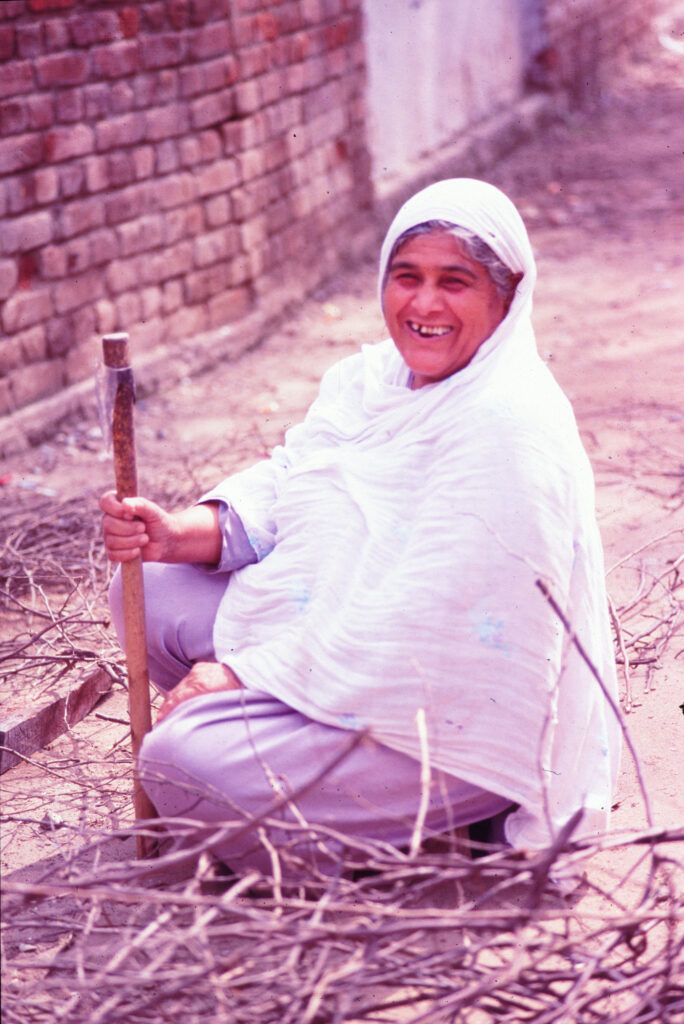
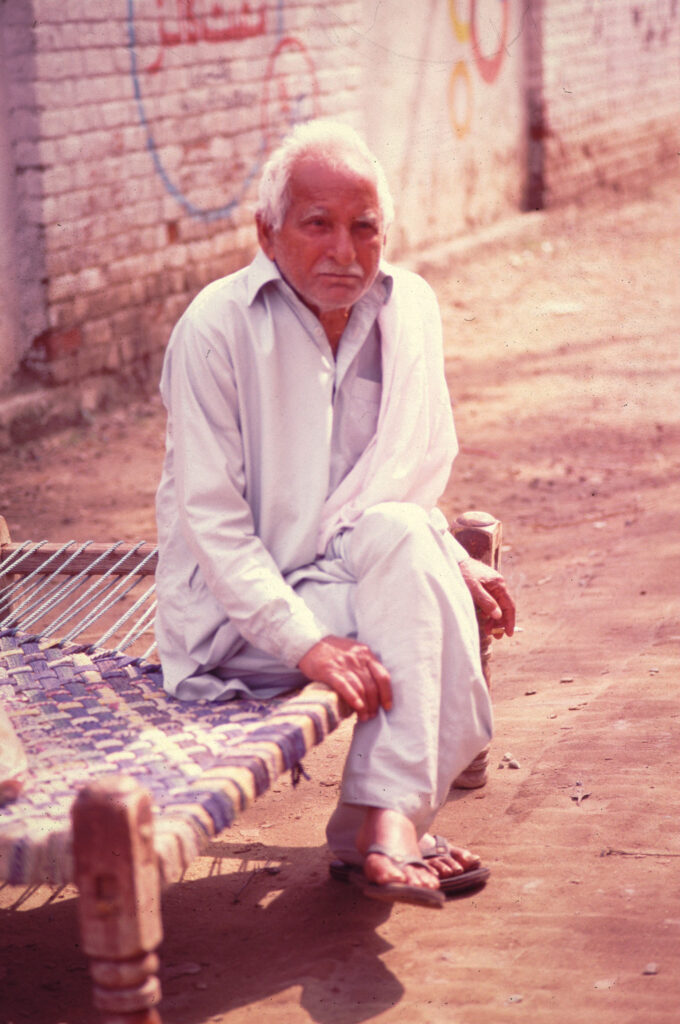
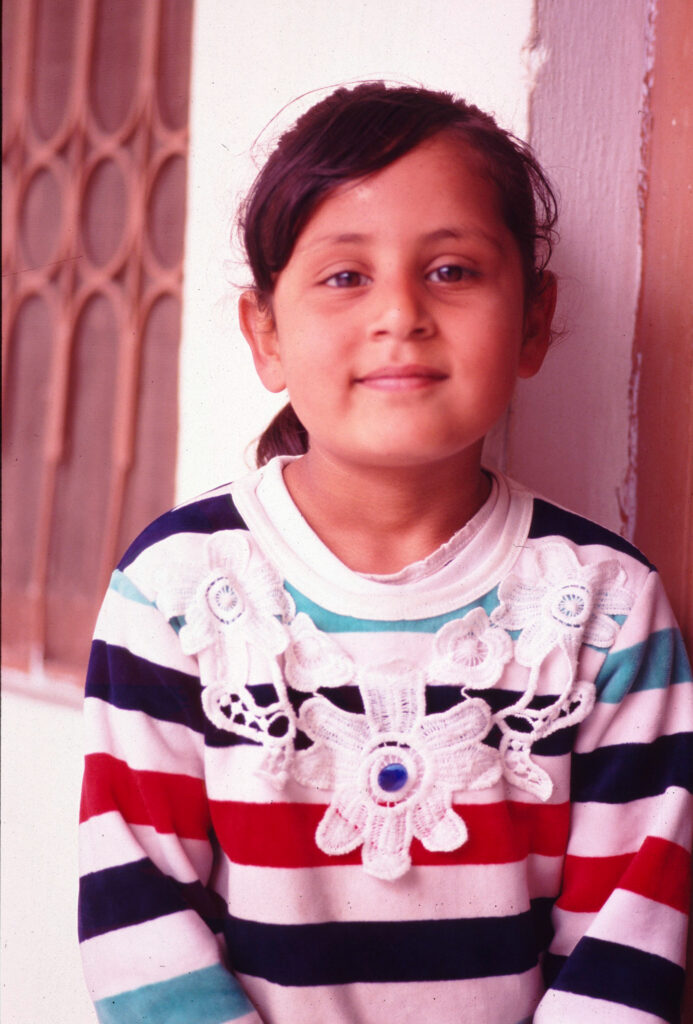
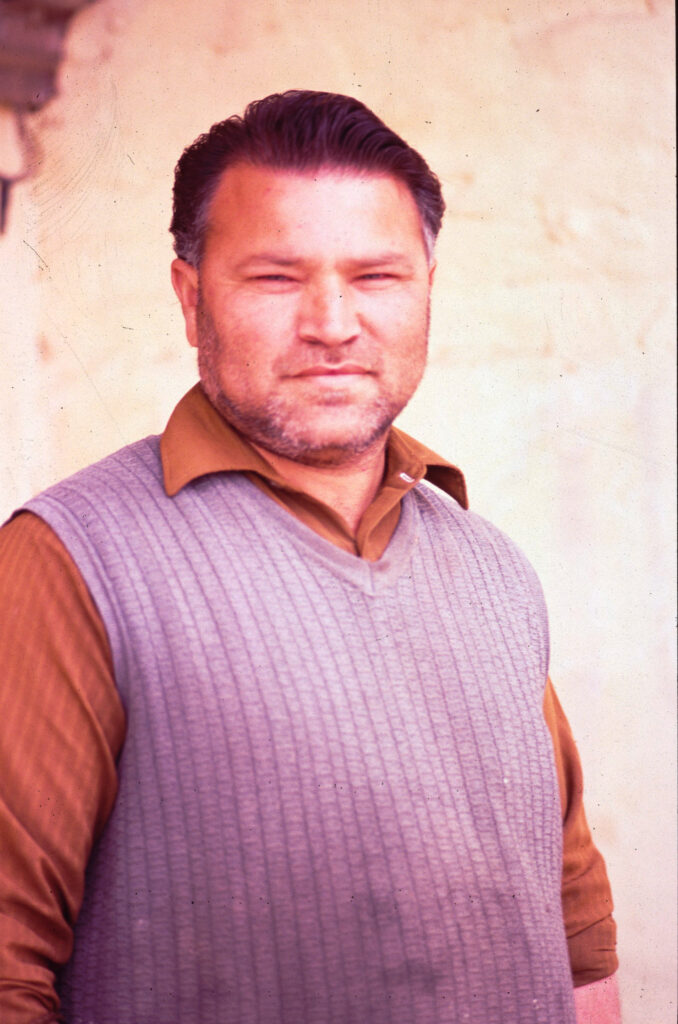
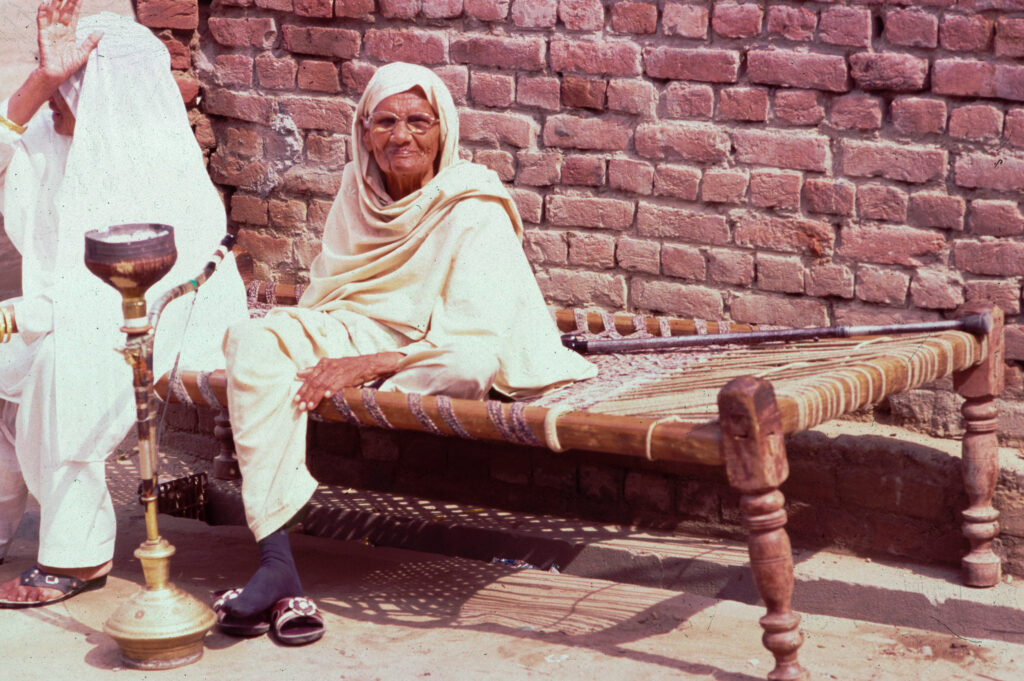
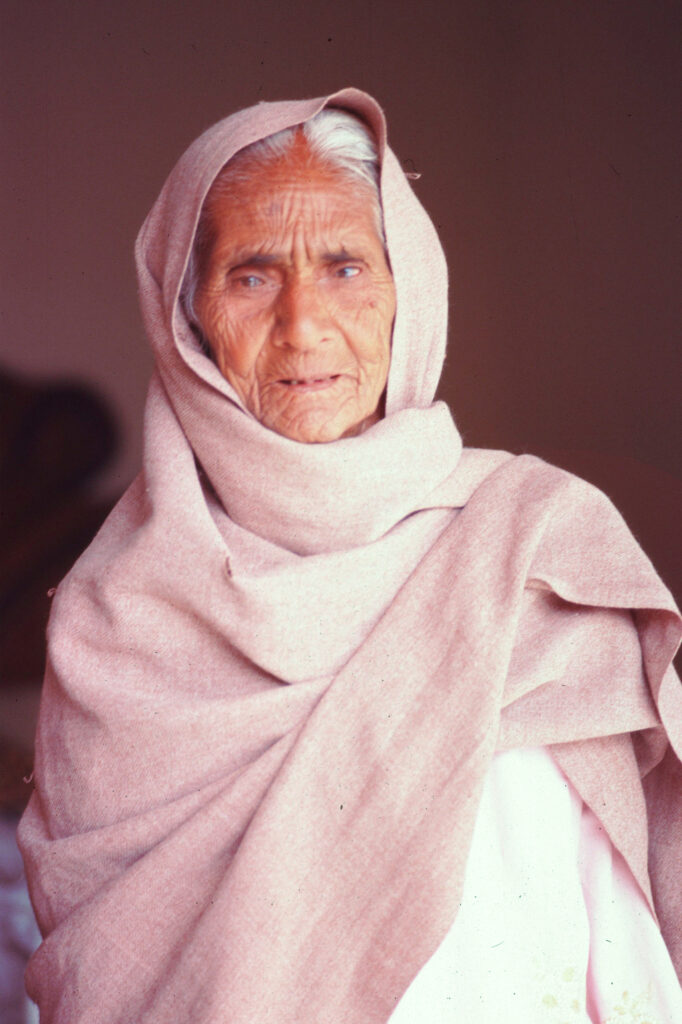
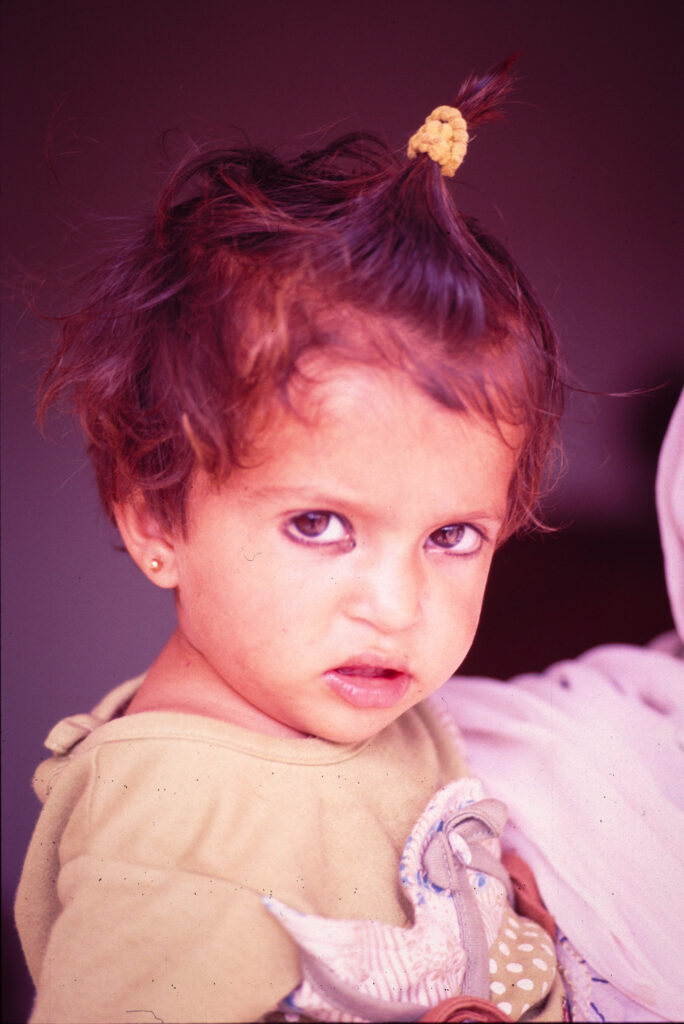
Kodak TRI-X 400
And finally, believe it or not but I did shoot a roll of B&W a couple of times, in The Punjab and Swat valley back in 2007 and again in 2015.
One was Kodak TRI-X 400 rated at 400 and developed in Ilfotec DDX. A shame I only shot one roll.
The following Photographs illustrate how I get someone to relax for a photo (that’s assuming you get more than a one shot chance). These are also an example of the 45mm Planar shot wide open at f2. You’ll get out of focus ears!
The first shot he’s posing and a bit stiff and uncomfortable.
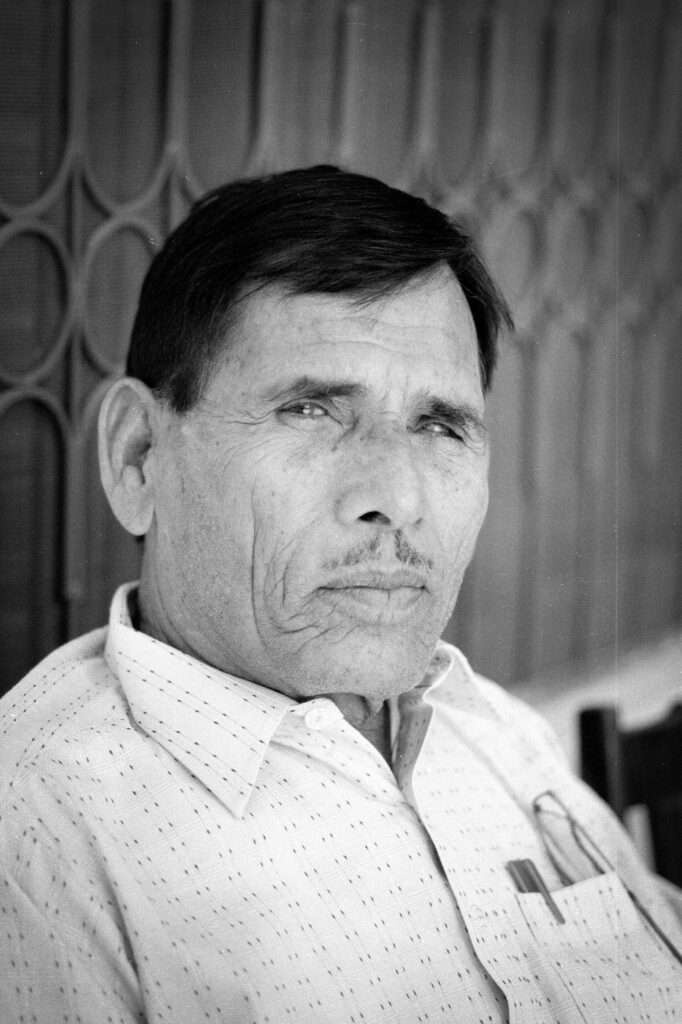
A brief pause with some jokes and a comment on how he reminded me of Roger Moore and he’d relaxed a bit, so I took another frame.
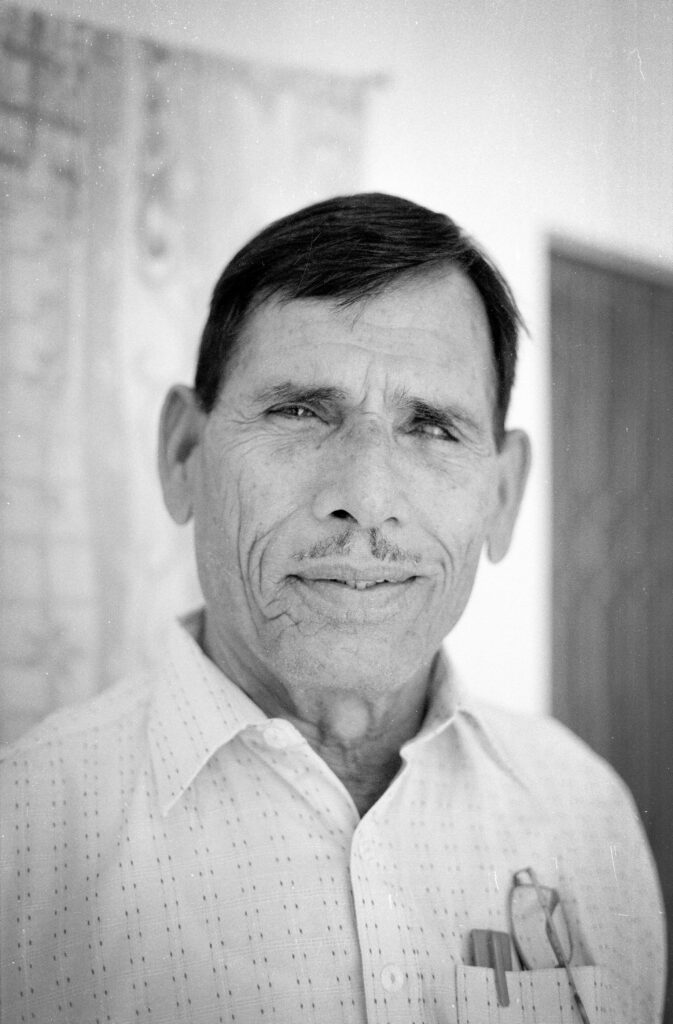
A few jokes later about his cool moustache and the rest was easy, he’s happy, relaxed and showing his natural self.
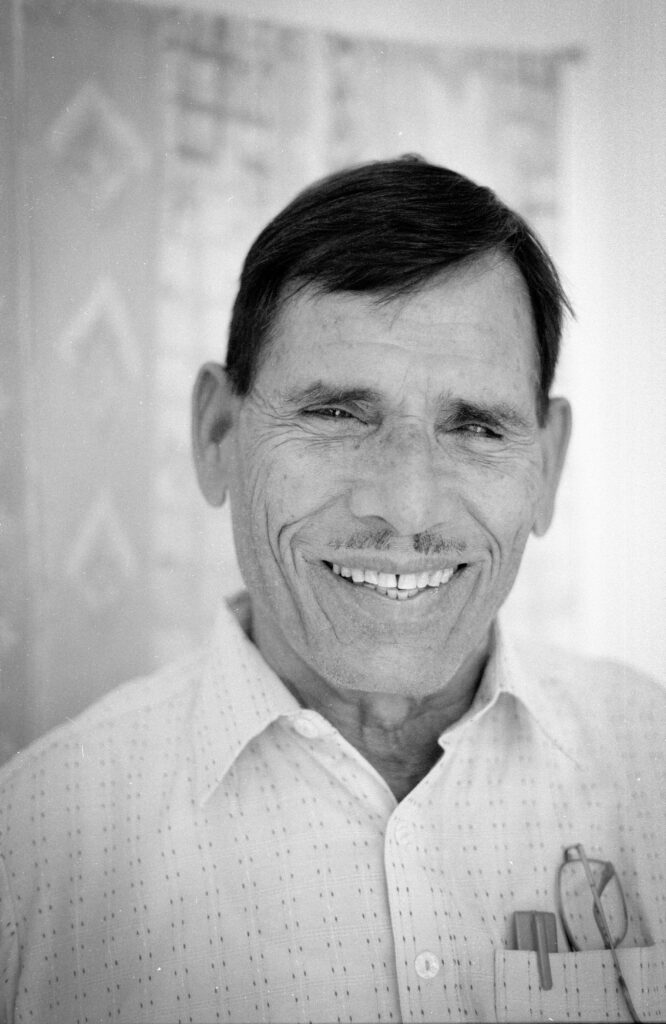
Adox Silvermax 100
The only other Black and White Film I shot was Adox Silvermax 100. Developed in Adox Silvermax developer. This is a very nice Film I’d like to use again at some point.
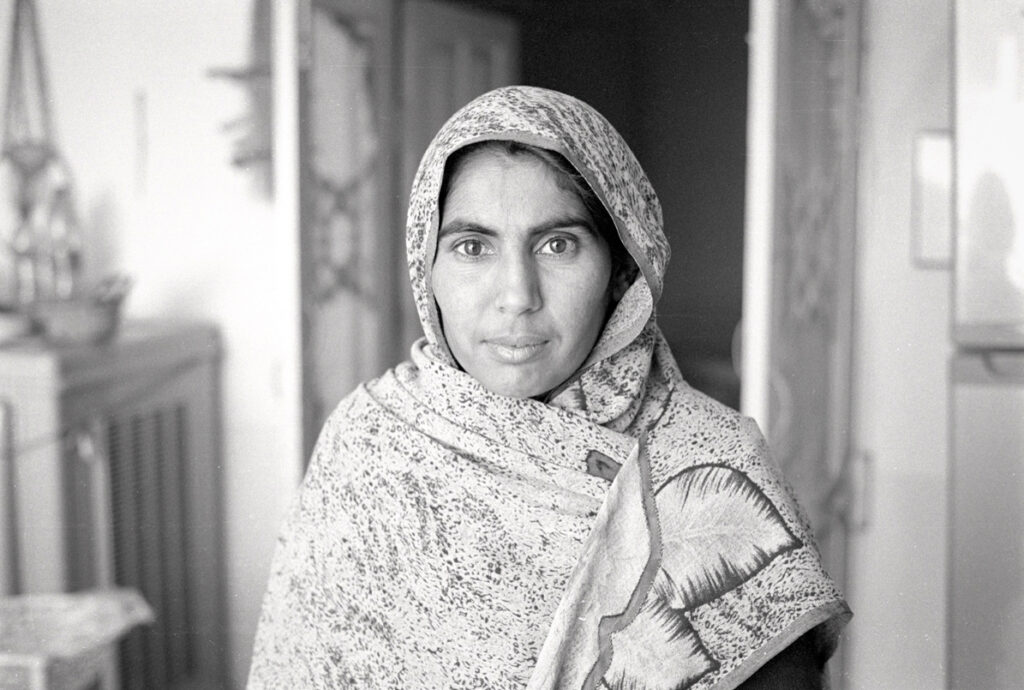
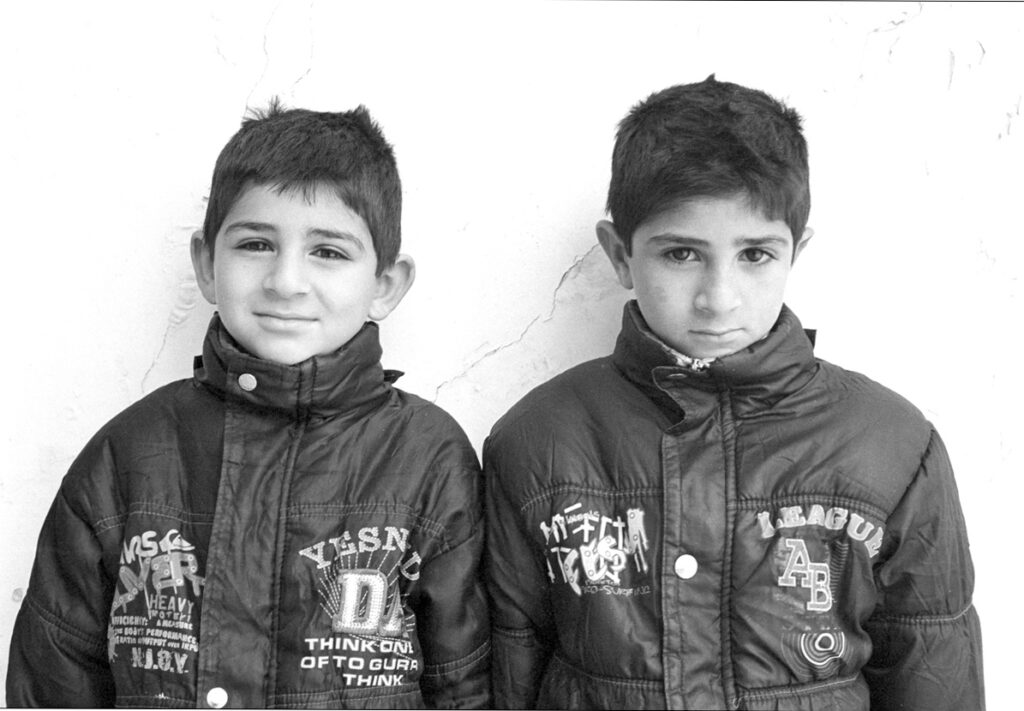
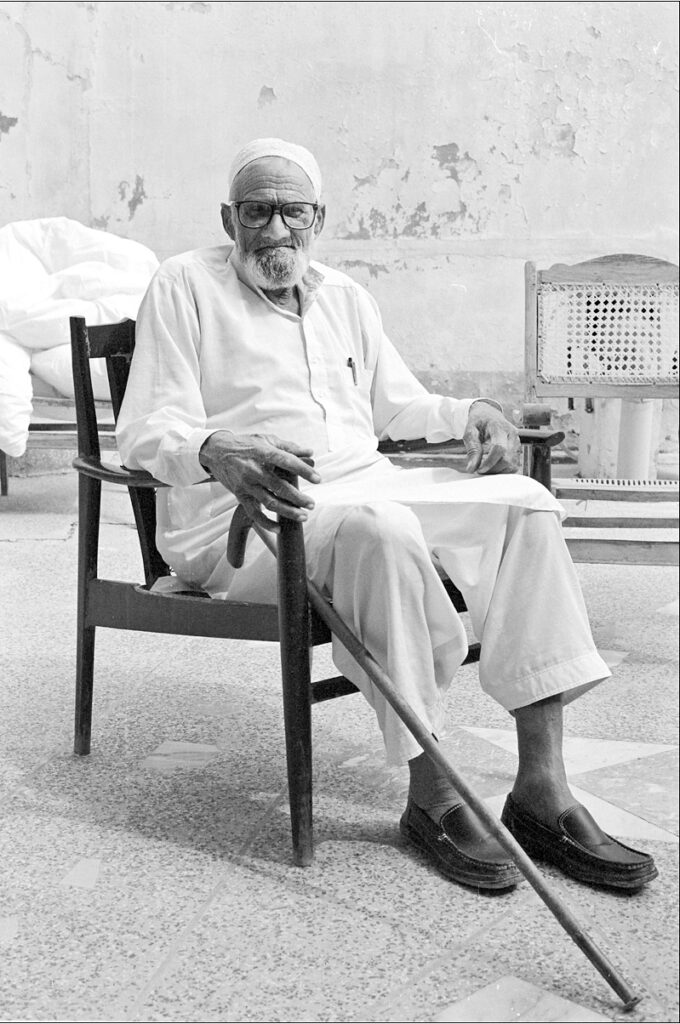
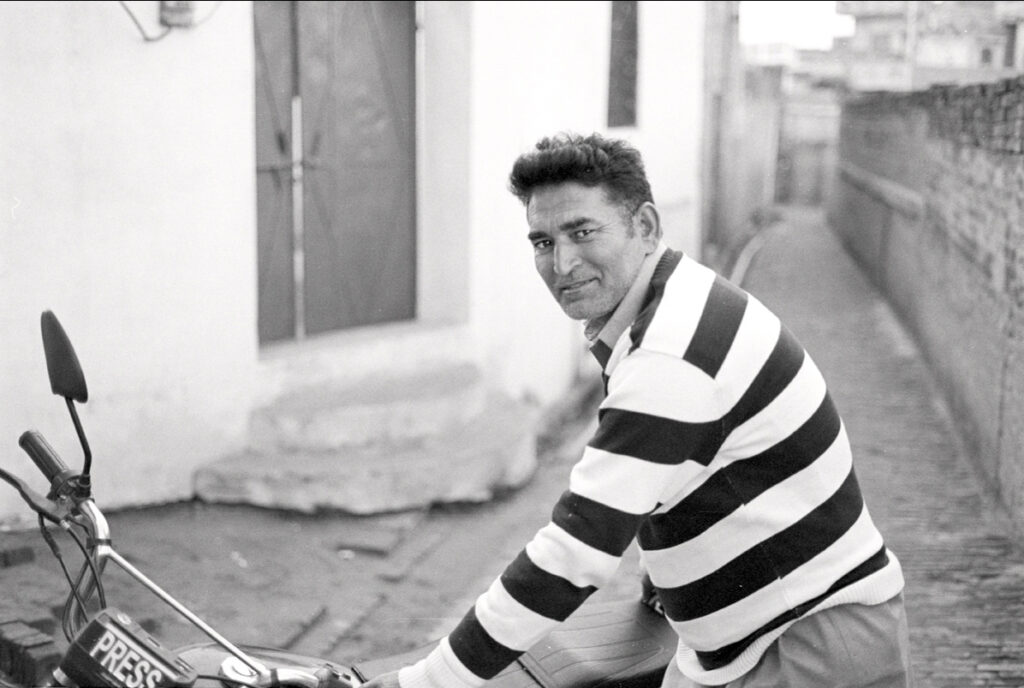
Final Thoughts
To conclude, Travel Photography with decent results in far away places isn’t difficult, you just need time, which I have never had. All of my photos were done when en route somewhere or as an unexpected opportunity – To concentrate on getting a decent portfolio together I’d need to travel alone and spend time in places and amongst the people rather than with Photography being a added bonus on a trek or a tour, then I’d be able to, I am confident, of getting to make some memorable photographs rather than my snapshots.
Make sure you prepare; think hard about what you’d like to capture and the conditions. Sometimes it’s hard to charge up a battery when half way up a mountain or in a region with little electricity. Added bulk is also an issue, sure you can lug stuff around but when combined with clothing and toiletries bulk becomes a burden.
Use the right Film and format for what you want, and of course take the number of exposures you’re likely to make into account. I don’t shoot much, and I only press the shutter when I’m sure, I have never ever shot with a burst or multiple frames – as there’s no heart and thought going into this – only a hope that if you spray and pray you’ll get one, this is an especially nasty affliction in the Digital world.
I’ver never had any issues with invasive X-Ray stuff at airports, luckily they have never ruined any of my Film (exposed or unexposed) though they must’ve had a good look at my balls with those X-Ray machines! hehe! I always carry my film in the camera bag I have on my person. Mine now being a Manfrotto rucksack with enough room for 2 camera bodies and 5 lenses plus extras.
Remember to immerse yourself in the culture and relax.
Anyway, I hope you enjoy these which I just scanned, alas mostly portraits, being my last batch of such photos and I hope you enjoyed the article.
Share this post:
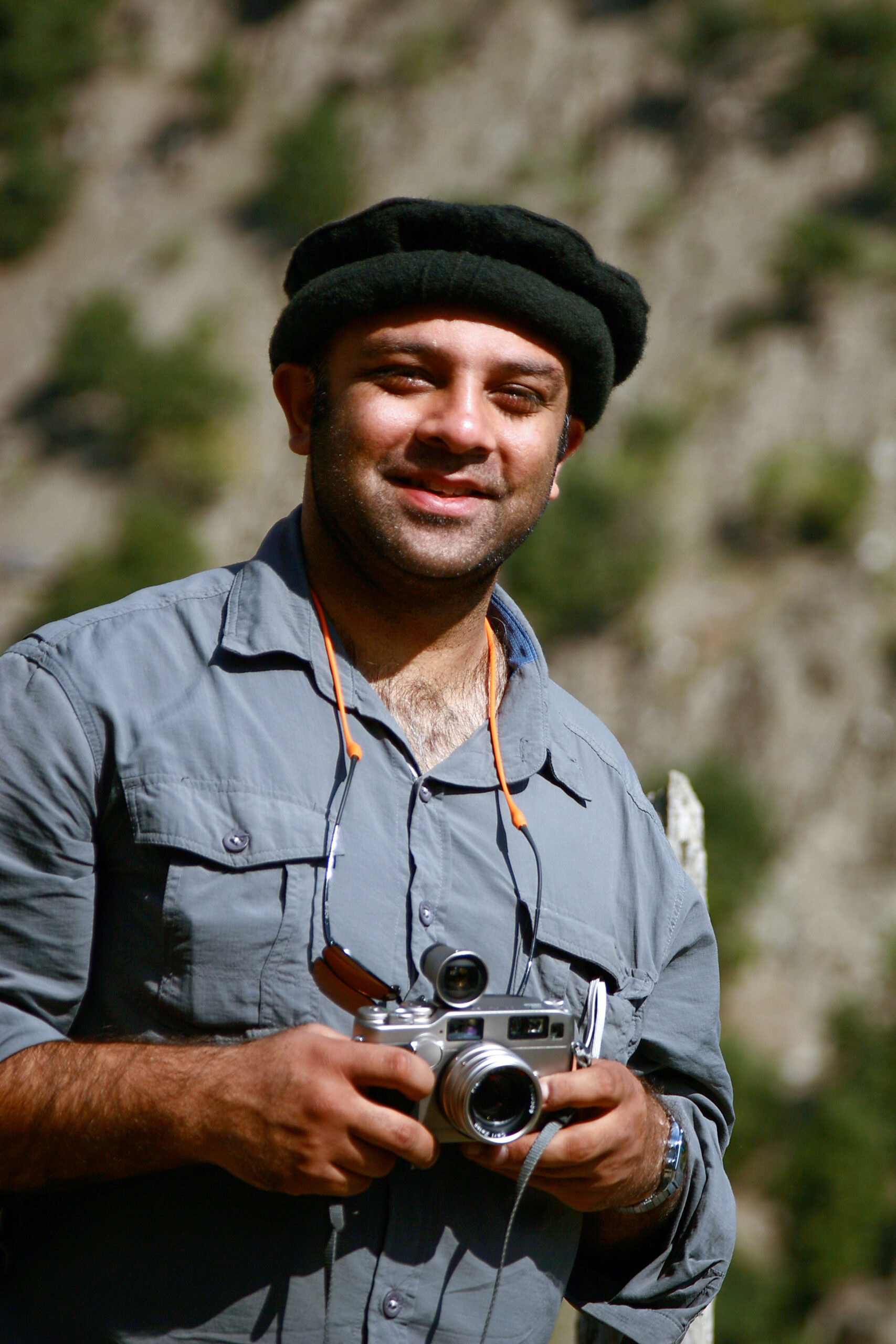
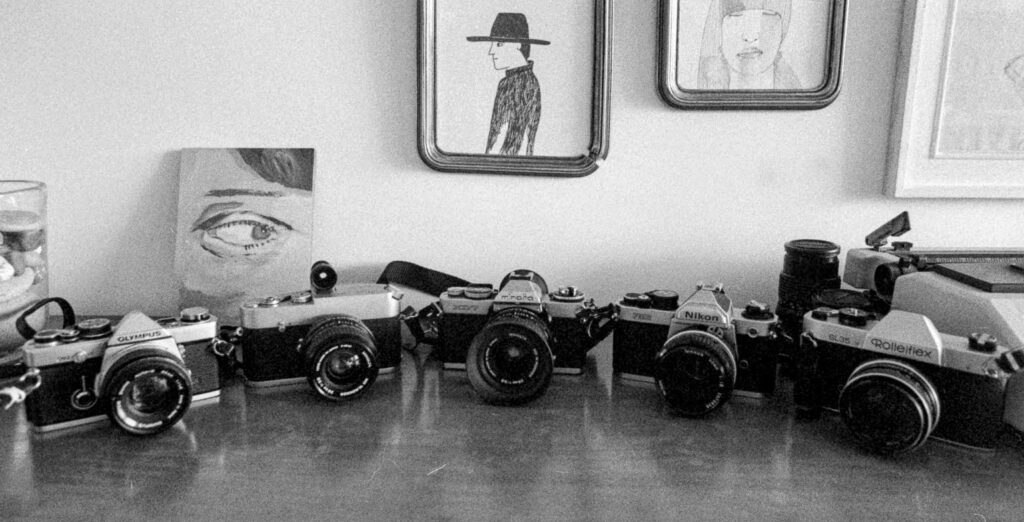
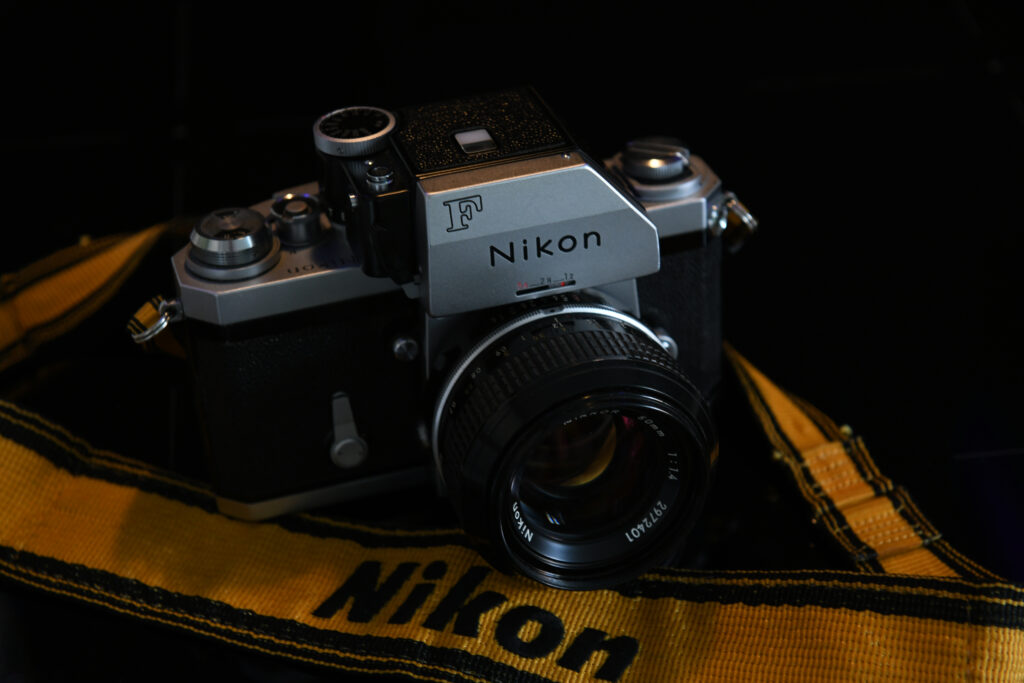
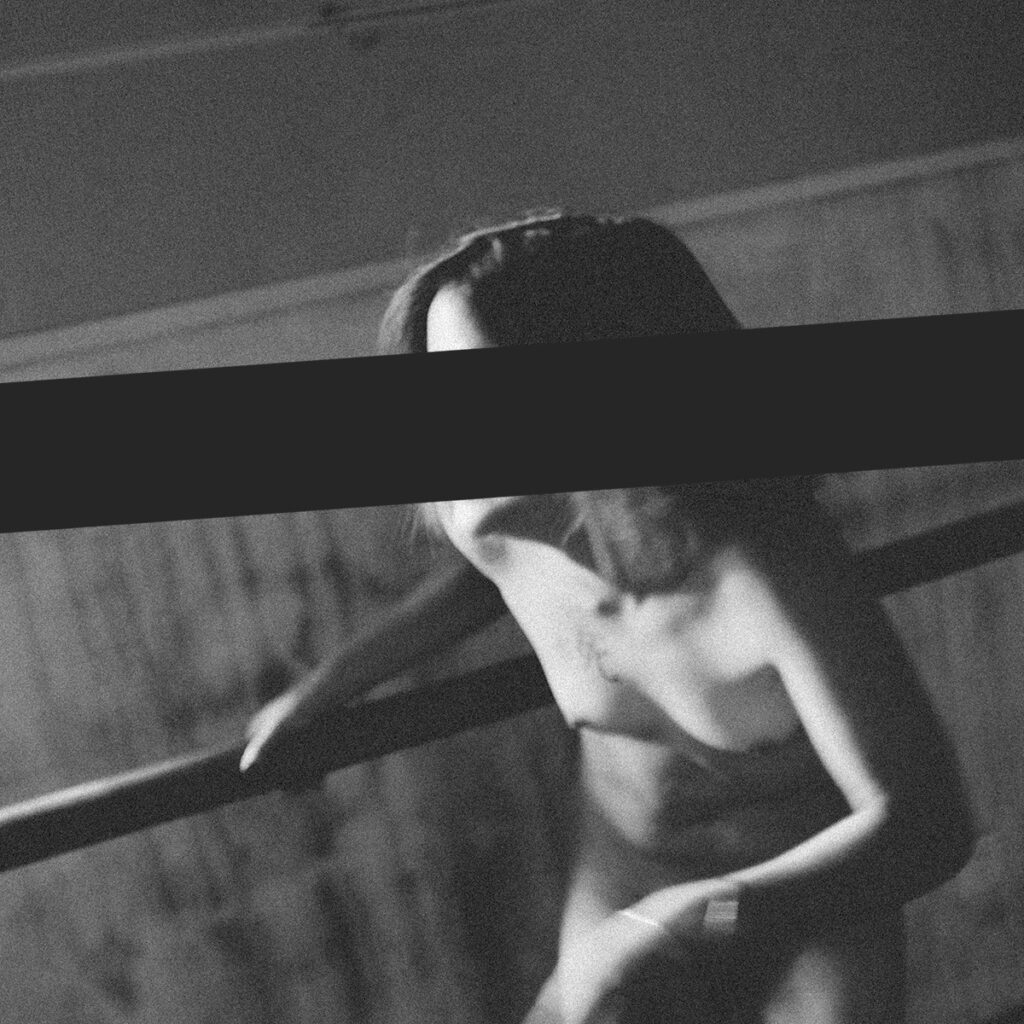
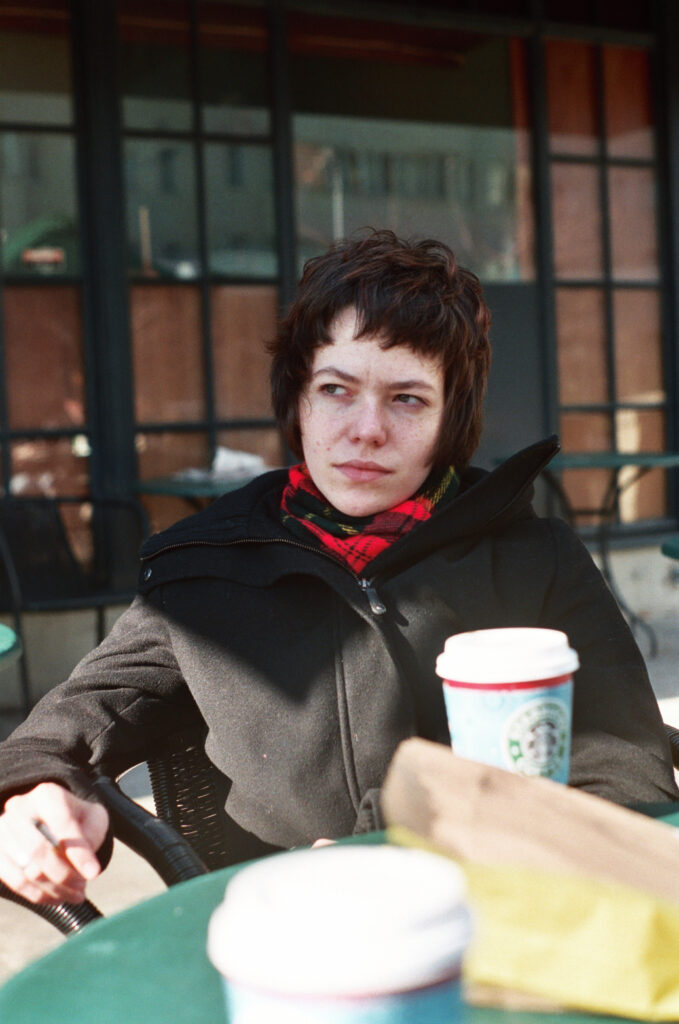
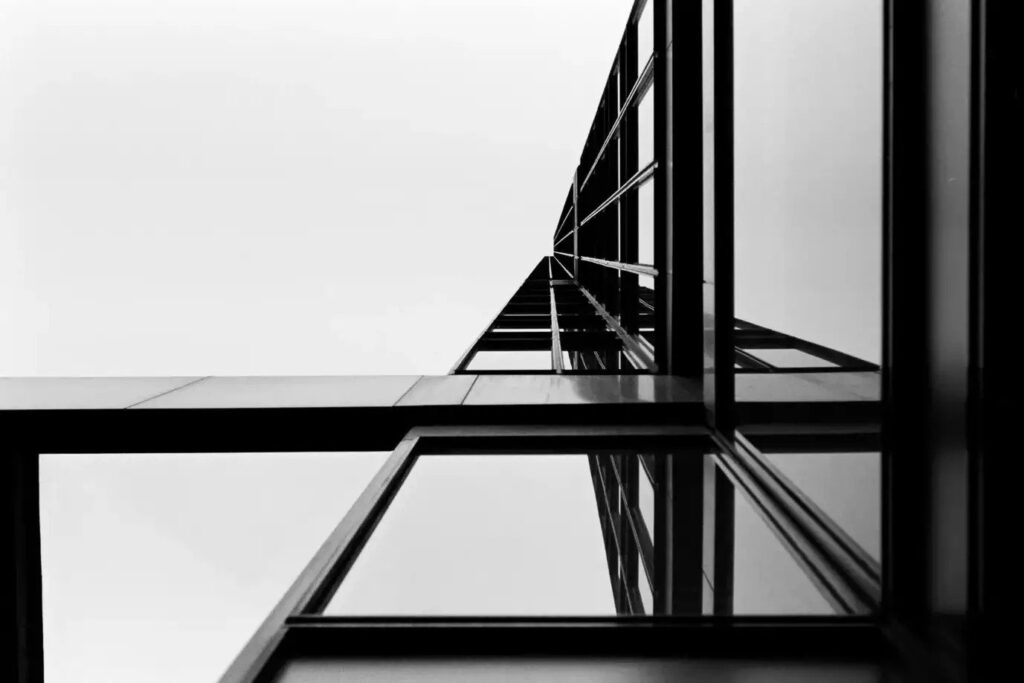
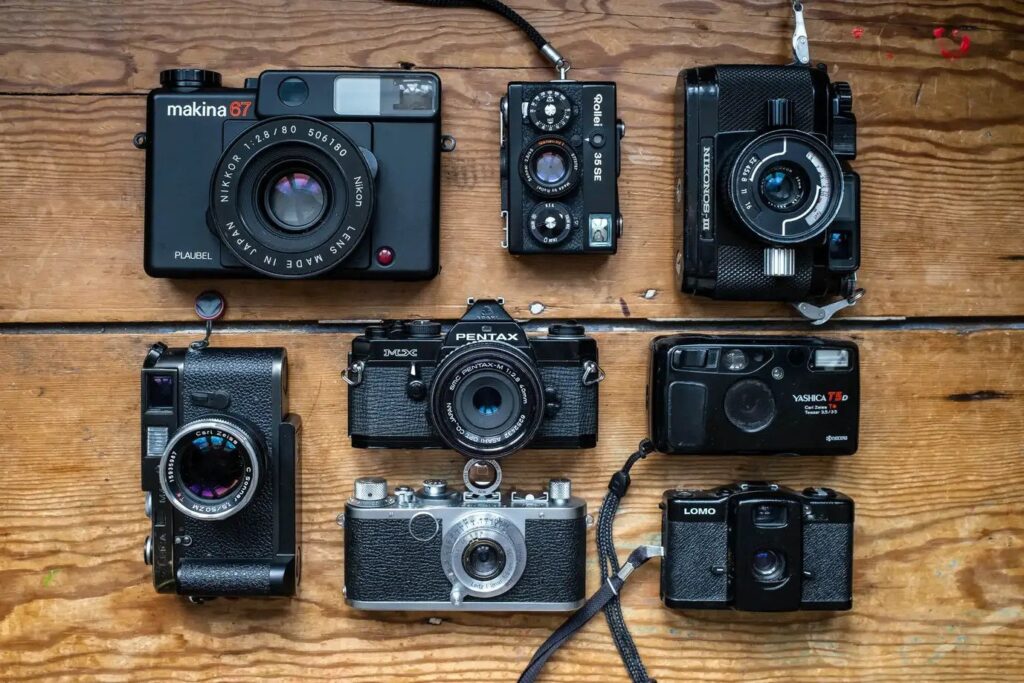
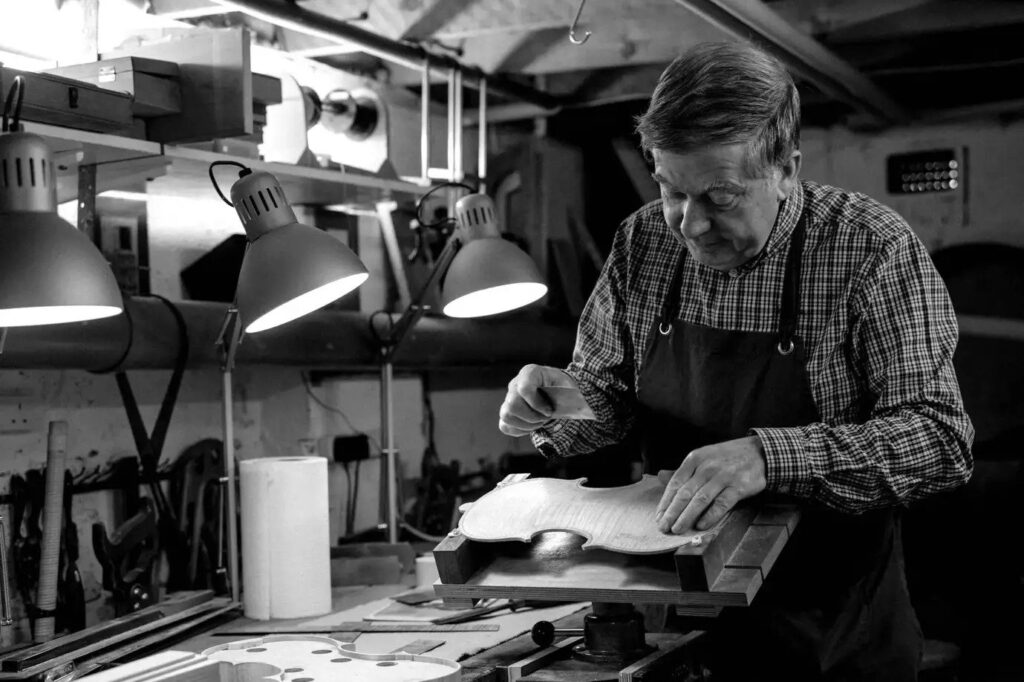
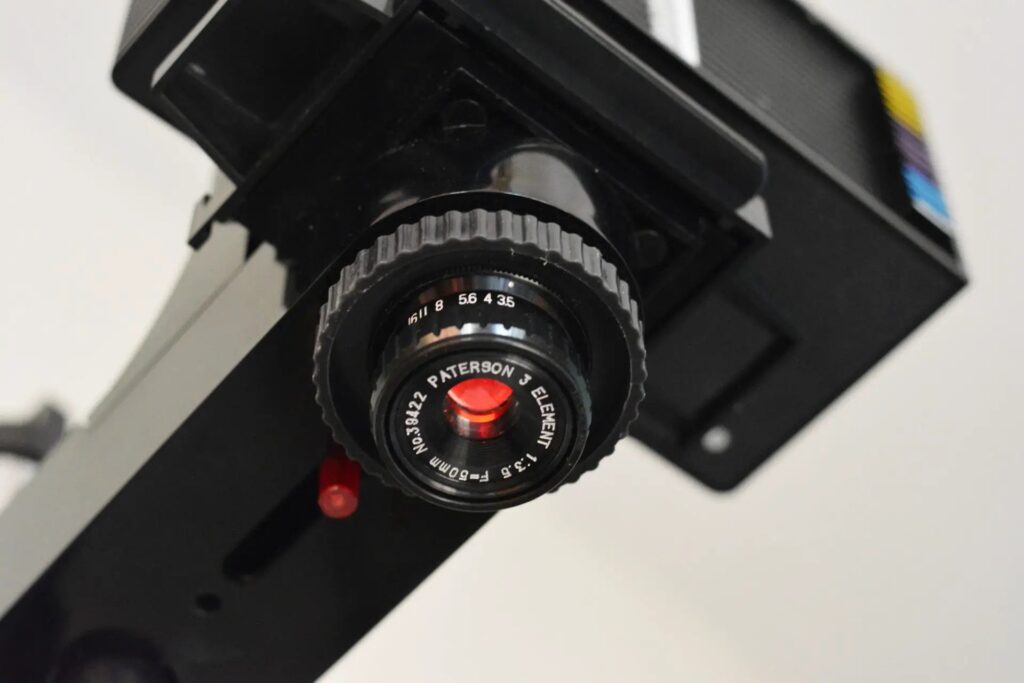
Comments
thorsten on Travel Photography Tips – With a Contax G2 Kodak Ektachrome E100VS Fujichrome Astia 100 Kodak TRI-X 400 and Adox Silvermax
Comment posted: 14/07/2025
Comment posted: 14/07/2025
Comment posted: 14/07/2025
Comment posted: 14/07/2025
Comment posted: 14/07/2025
Comment posted: 14/07/2025
Comment posted: 14/07/2025
Comment posted: 14/07/2025
Comment posted: 14/07/2025
Comment posted: 14/07/2025
Comment posted: 14/07/2025
Comment posted: 14/07/2025
Comment posted: 14/07/2025
John Hillyer on Travel Photography Tips – With a Contax G2 Kodak Ektachrome E100VS Fujichrome Astia 100 Kodak TRI-X 400 and Adox Silvermax
Comment posted: 14/07/2025
Comment posted: 14/07/2025
Miguel Mendez on Travel Photography Tips – With a Contax G2 Kodak Ektachrome E100VS Fujichrome Astia 100 Kodak TRI-X 400 and Adox Silvermax
Comment posted: 14/07/2025
Comment posted: 14/07/2025
Leon Bensason on Travel Photography Tips – With a Contax G2 Kodak Ektachrome E100VS Fujichrome Astia 100 Kodak TRI-X 400 and Adox Silvermax
Comment posted: 14/07/2025
Comment posted: 14/07/2025
John Furlong on Travel Photography Tips – With a Contax G2 Kodak Ektachrome E100VS Fujichrome Astia 100 Kodak TRI-X 400 and Adox Silvermax
Comment posted: 14/07/2025
Comment posted: 14/07/2025
Simon Foale on Travel Photography Tips – With a Contax G2 Kodak Ektachrome E100VS Fujichrome Astia 100 Kodak TRI-X 400 and Adox Silvermax
Comment posted: 14/07/2025
Comment posted: 14/07/2025
Gary Smith on Travel Photography Tips – With a Contax G2 Kodak Ektachrome E100VS Fujichrome Astia 100 Kodak TRI-X 400 and Adox Silvermax
Comment posted: 14/07/2025
I'm mostly happy to see your face in the first shot!
Comment posted: 14/07/2025
Comment posted: 14/07/2025
Comment posted: 14/07/2025
Comment posted: 14/07/2025
Comment posted: 14/07/2025
Comment posted: 14/07/2025
Comment posted: 14/07/2025
Comment posted: 14/07/2025
Comment posted: 14/07/2025
Comment posted: 14/07/2025
Comment posted: 14/07/2025
Comment posted: 14/07/2025
Comment posted: 14/07/2025
David Hume on Travel Photography Tips – With a Contax G2 Kodak Ektachrome E100VS Fujichrome Astia 100 Kodak TRI-X 400 and Adox Silvermax
Comment posted: 14/07/2025
Comment posted: 14/07/2025
Comment posted: 14/07/2025
Comment posted: 14/07/2025
Geoff Chaplin on Travel Photography Tips – With a Contax G2 Kodak Ektachrome E100VS Fujichrome Astia 100 Kodak TRI-X 400 and Adox Silvermax
Comment posted: 14/07/2025
Comment posted: 14/07/2025
Comment posted: 14/07/2025
Comment posted: 14/07/2025
David Pauley on Travel Photography Tips – With a Contax G2 Kodak Ektachrome E100VS Fujichrome Astia 100 Kodak TRI-X 400 and Adox Silvermax
Comment posted: 15/07/2025
Comment posted: 15/07/2025
Alexander Seidler on Travel Photography Tips – With a Contax G2 Kodak Ektachrome E100VS Fujichrome Astia 100 Kodak TRI-X 400 and Adox Silvermax
Comment posted: 15/07/2025
Comment posted: 15/07/2025
Scott Ferguson on Travel Photography Tips – With a Contax G2 Kodak Ektachrome E100VS Fujichrome Astia 100 Kodak TRI-X 400 and Adox Silvermax
Comment posted: 15/07/2025
I was most interested in the portraits on the 45mm Planar which are stunning. I love how you managed to get the somewhat formal frames so alive with the personality of the sitter(s). I was fascinated by your less successful use of the 90mm, which I would have thought of as the 'portrait lens' from the kit. I've been shooting some street portraits in NYC on my M3 mostly with a 50mm because I like a very slim "pocket" kit when going out and about and the 90mm is comically large and long and feels a little more 'in your face' intimidating. I'm pretty happy with the 50mm, and it's a little funny looking by modern standards, as it's collapsible and uses a funky old fashioned hood. Talking about the old school gear is often my way of loosening up the sitter before I take a snap. I've never tried comparing someone to Roger Moore!
All best,
s
Comment posted: 15/07/2025
Comment posted: 15/07/2025
Comment posted: 15/07/2025
Leon Winnert on Travel Photography Tips – With a Contax G2 Kodak Ektachrome E100VS Fujichrome Astia 100 Kodak TRI-X 400 and Adox Silvermax
Comment posted: 16/07/2025
How did Hitler’s film-maker hide her complicity from the world?
A new documentary delves into controversial German film-maker Leni Riefenstahl’s private archive to uncover a director who spent a lifetime covering up her central role in the Nazi propaganda machine
https://www.theguardian.com/film/2025/apr/27/leni-riefenstahl-nazi-hitler-film-maker-documentary
Comment posted: 16/07/2025
Leon Winnert on Travel Photography Tips – With a Contax G2 Kodak Ektachrome E100VS Fujichrome Astia 100 Kodak TRI-X 400 and Adox Silvermax
Comment posted: 16/07/2025
Lee Miller used a Rollei to record the horrors of Dachau just hours after it was liberated. And of course many, many other sites and sights of war torn Europe
Comment posted: 16/07/2025
Dave Powell on Travel Photography Tips – With a Contax G2 Kodak Ektachrome E100VS Fujichrome Astia 100 Kodak TRI-X 400 and Adox Silvermax
Comment posted: 05/10/2025
Comment posted: 05/10/2025